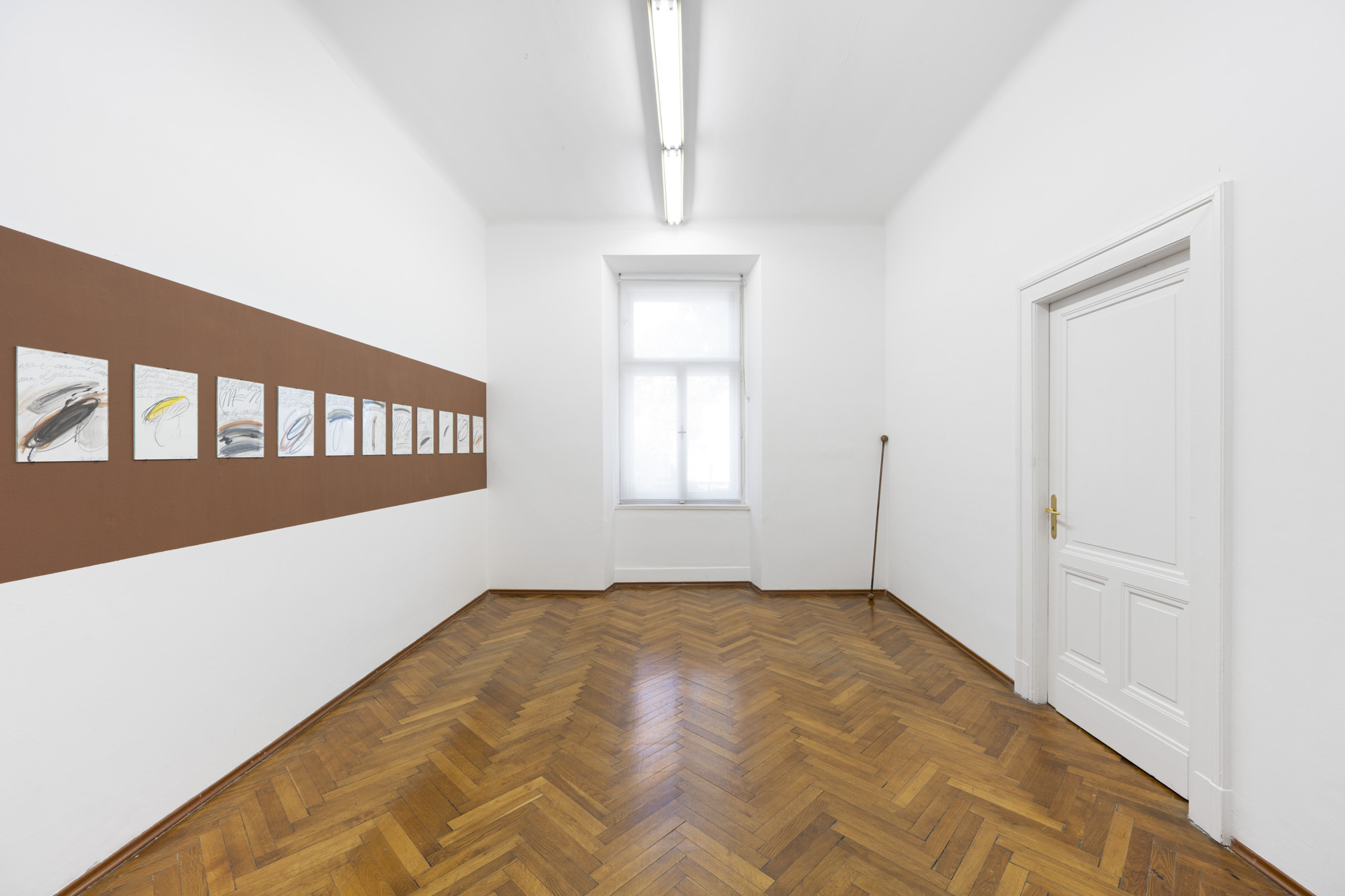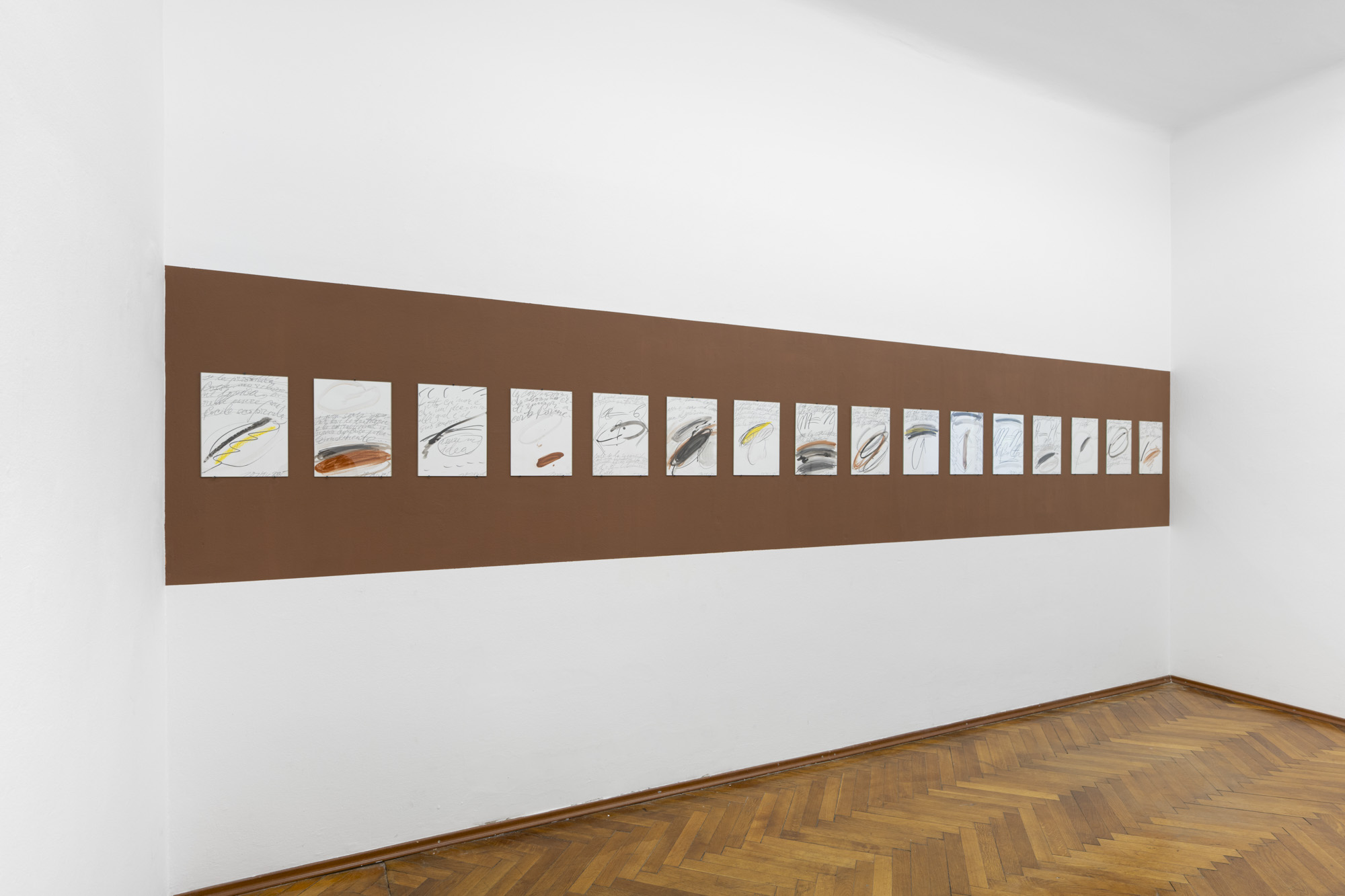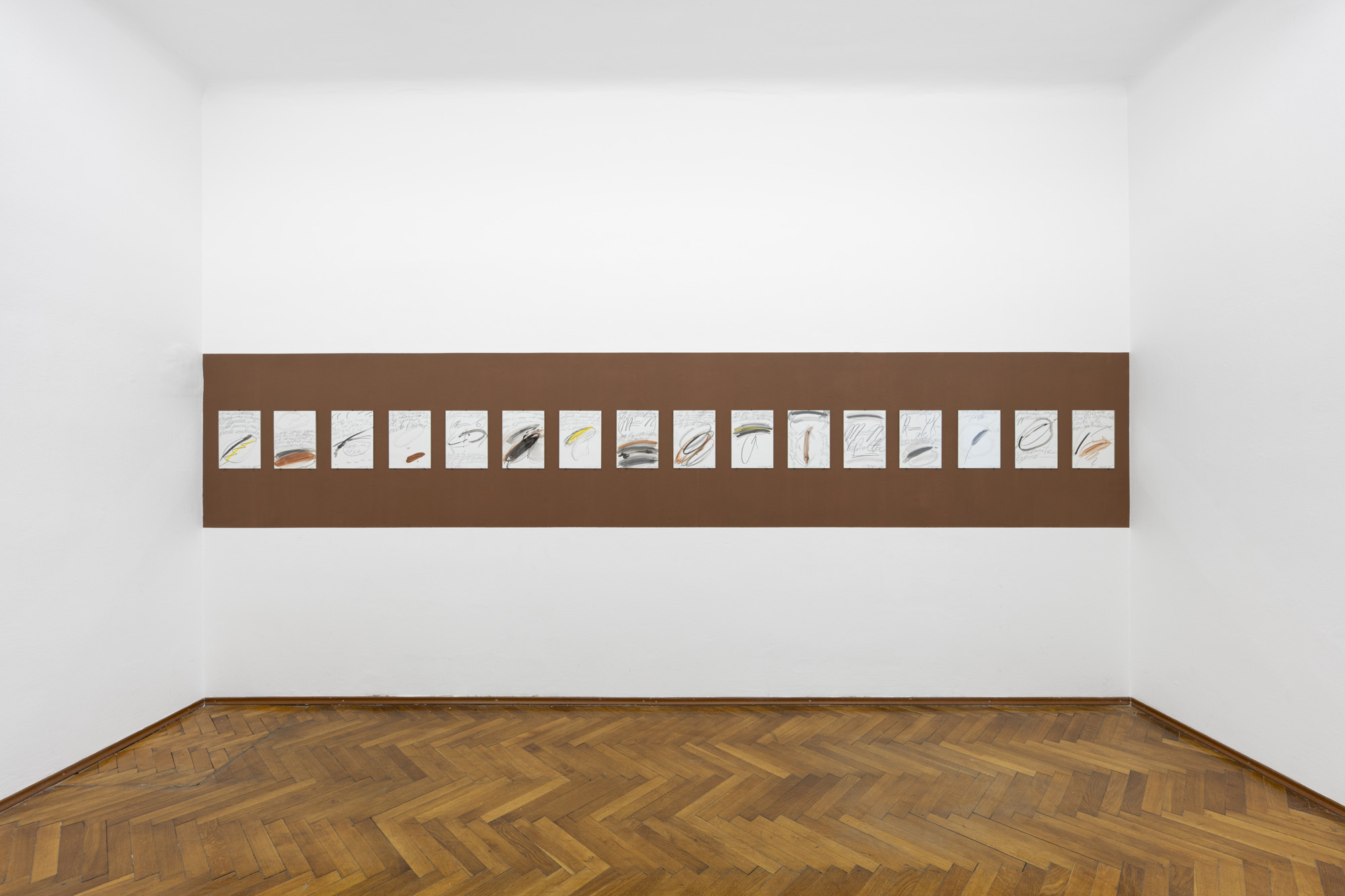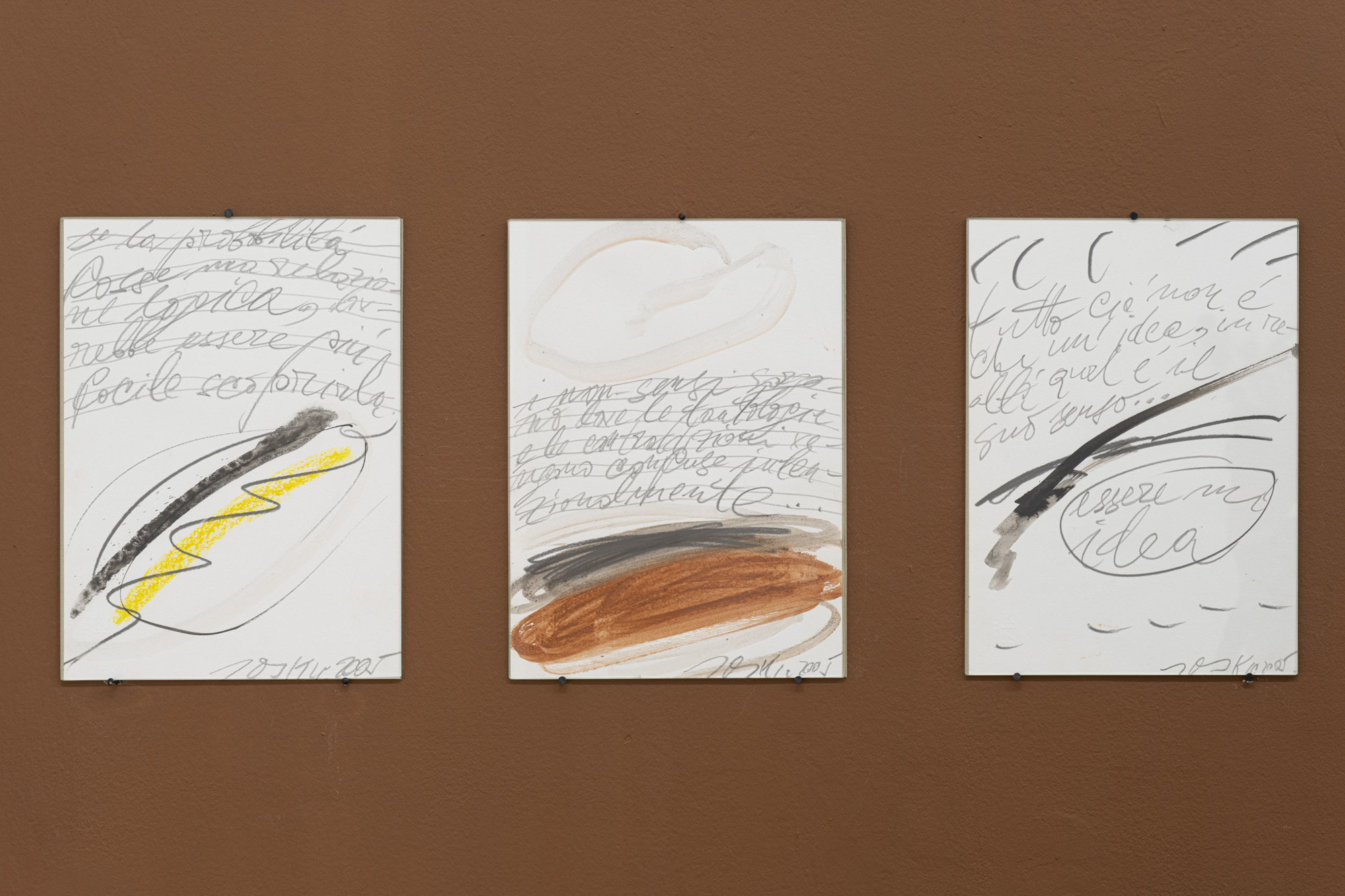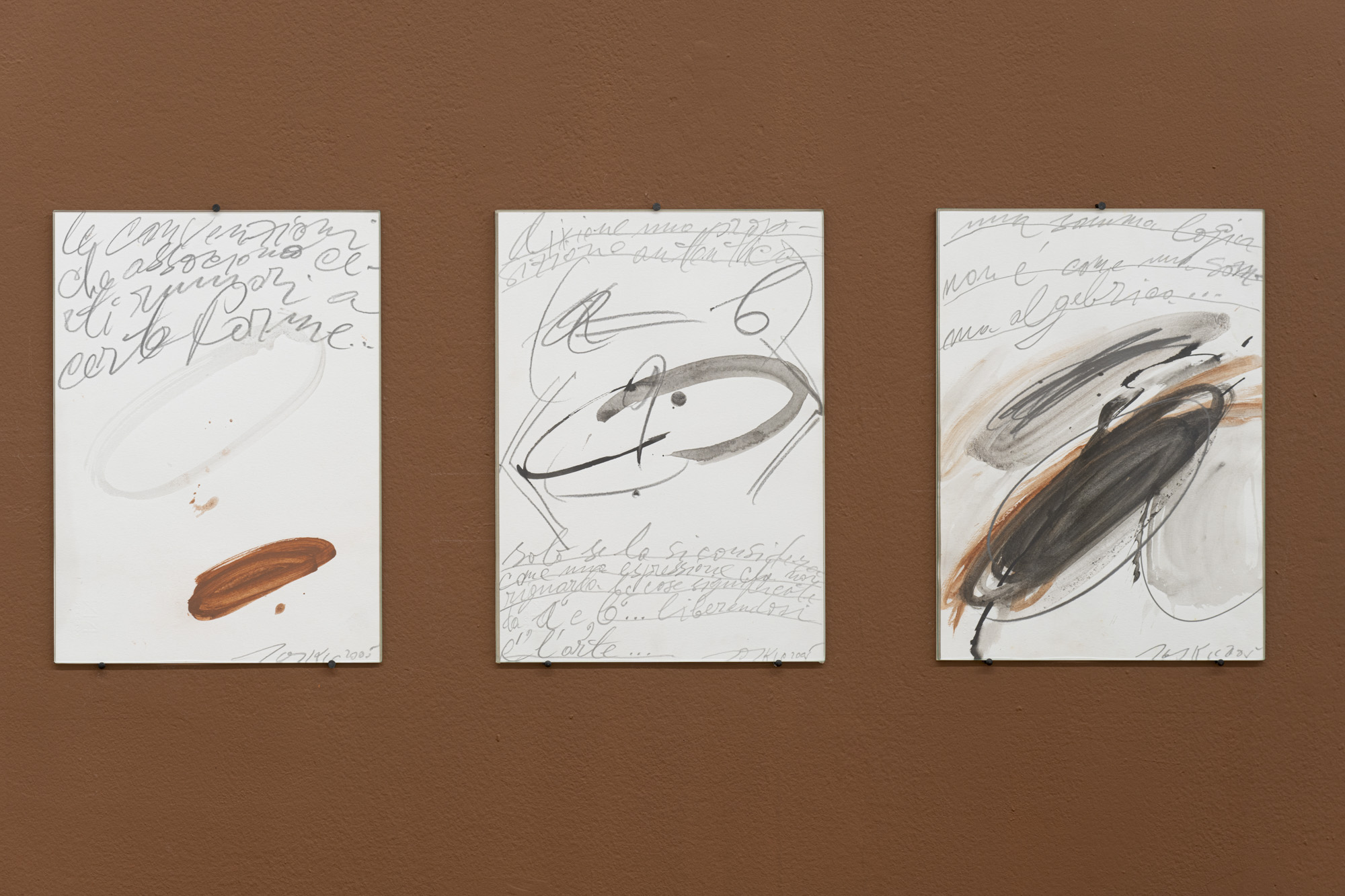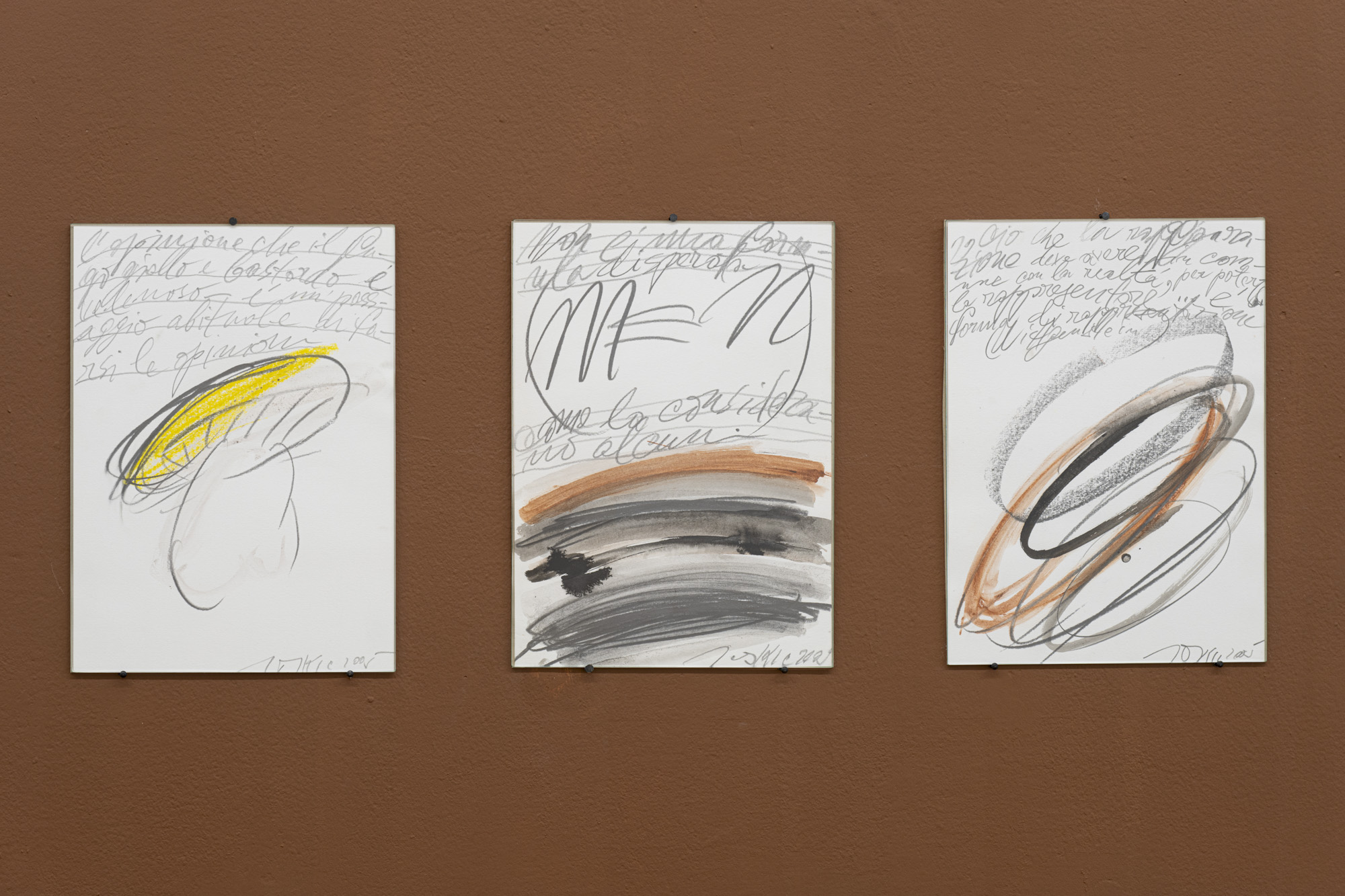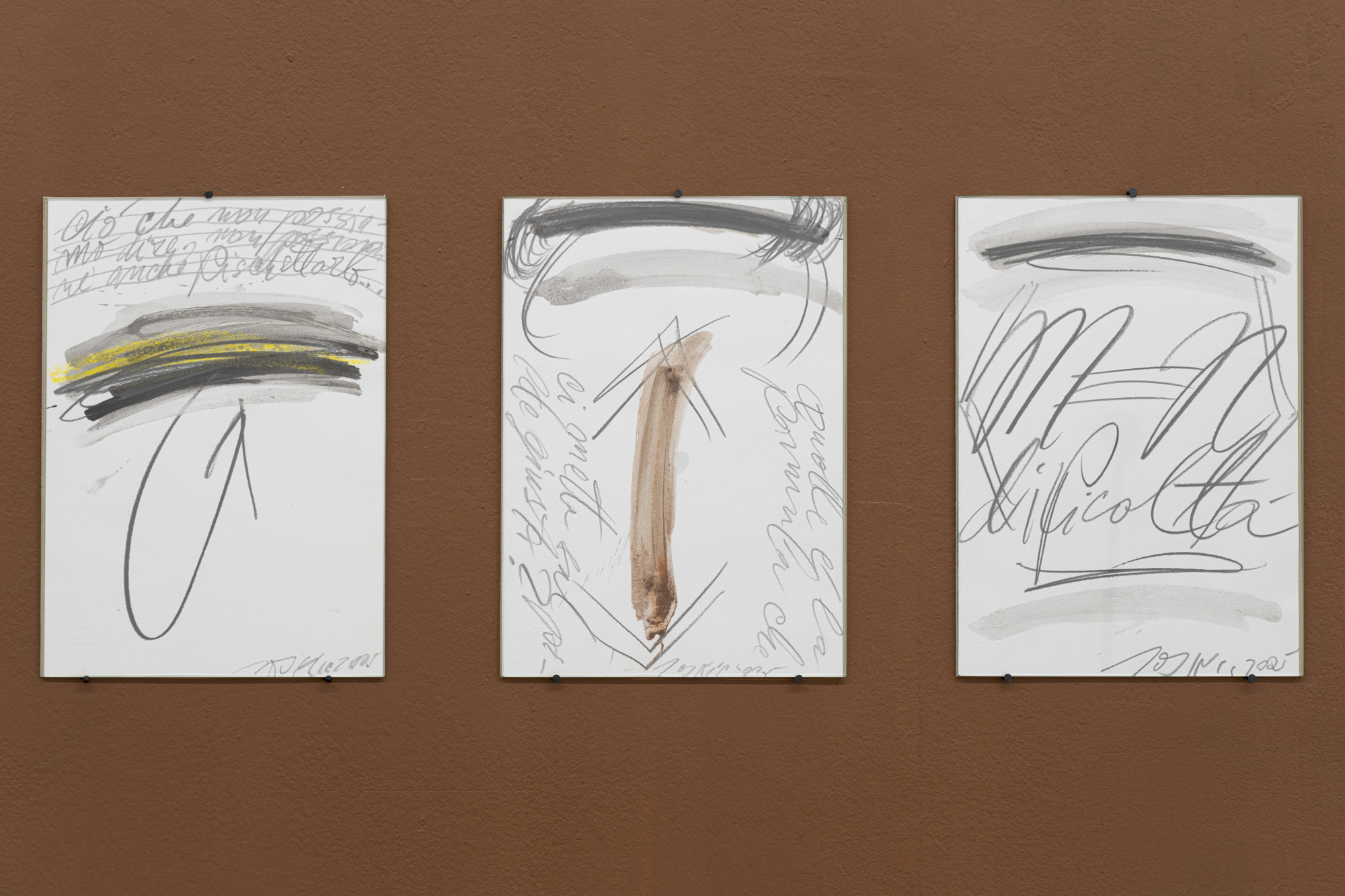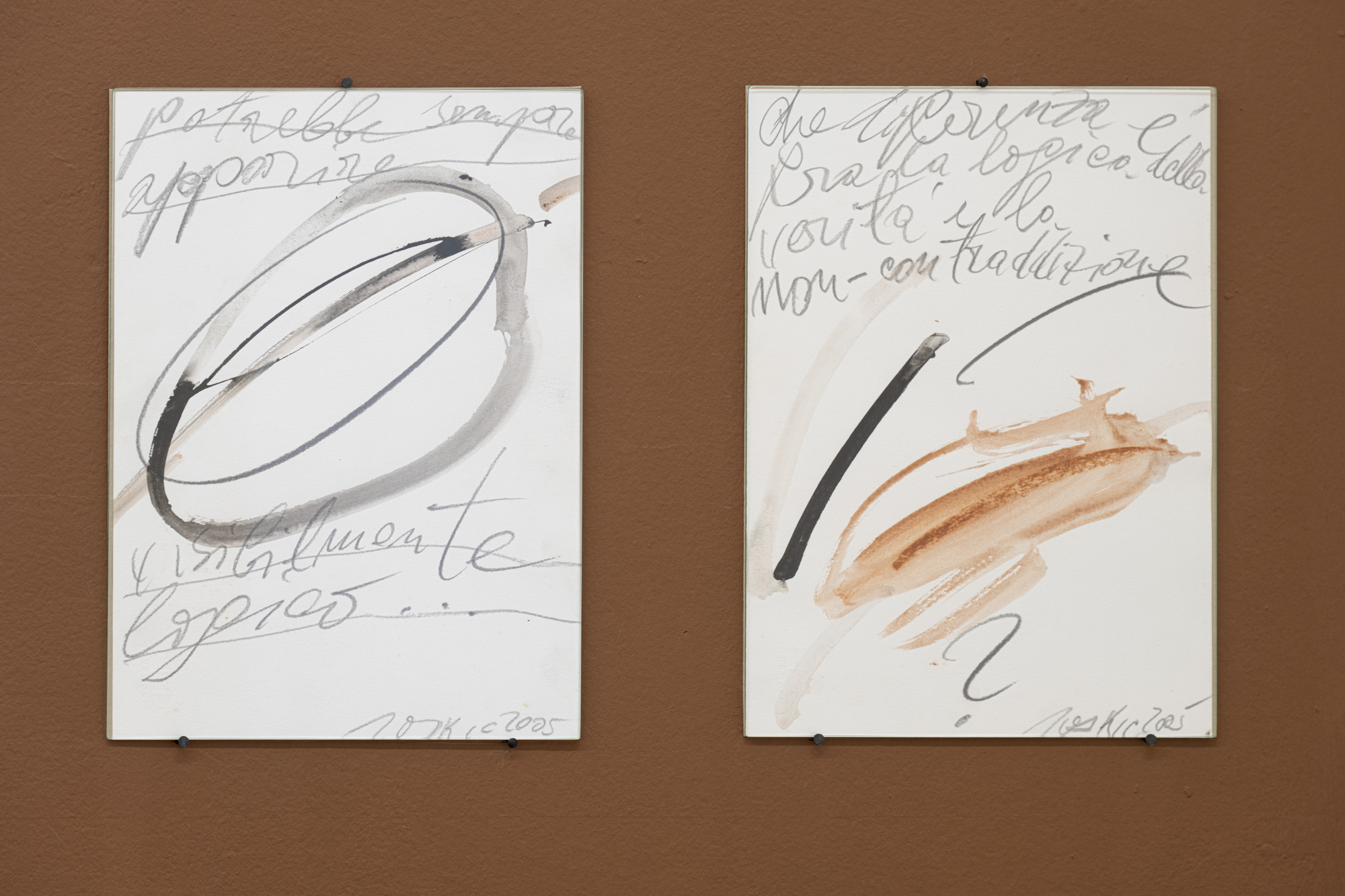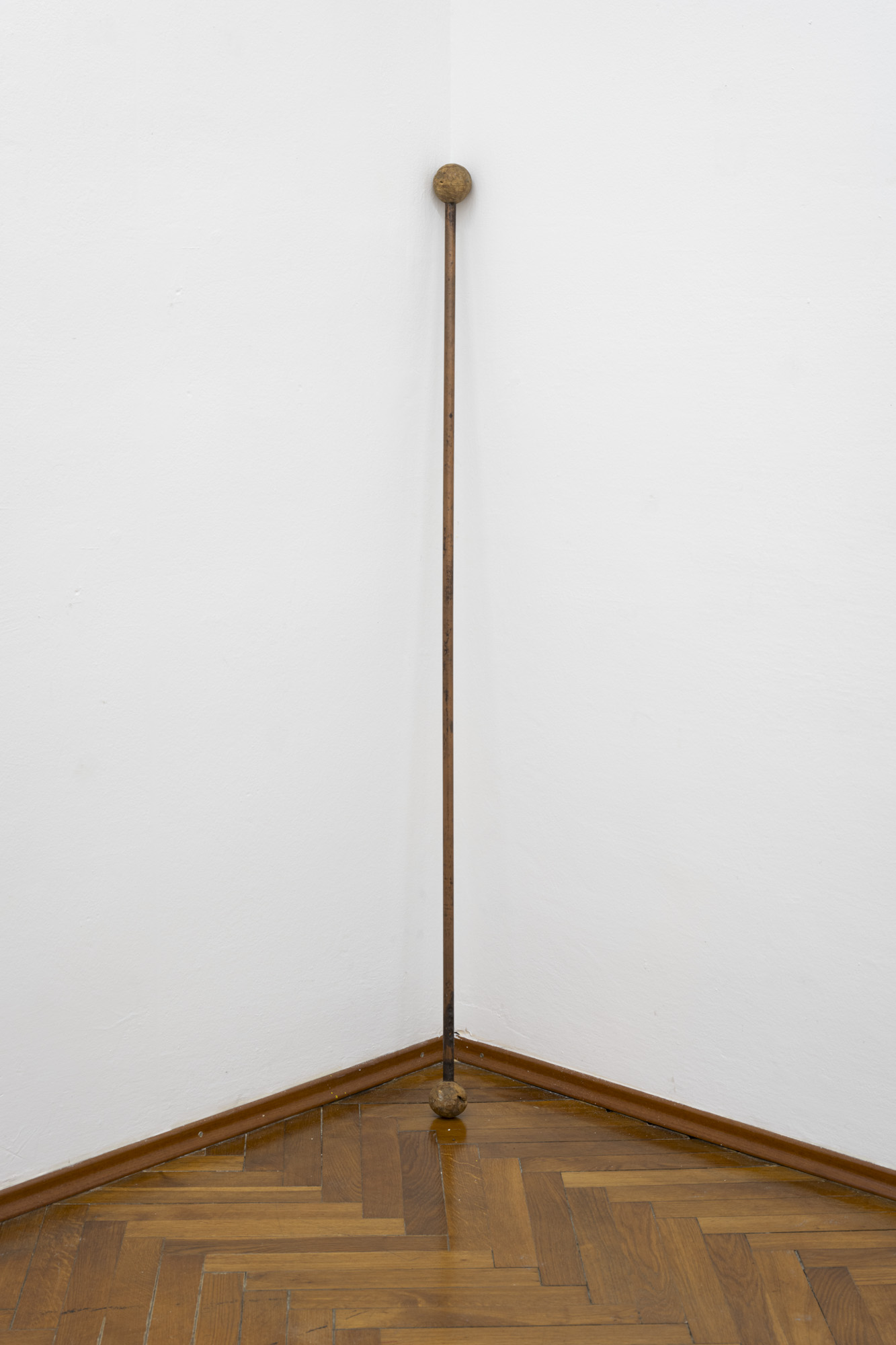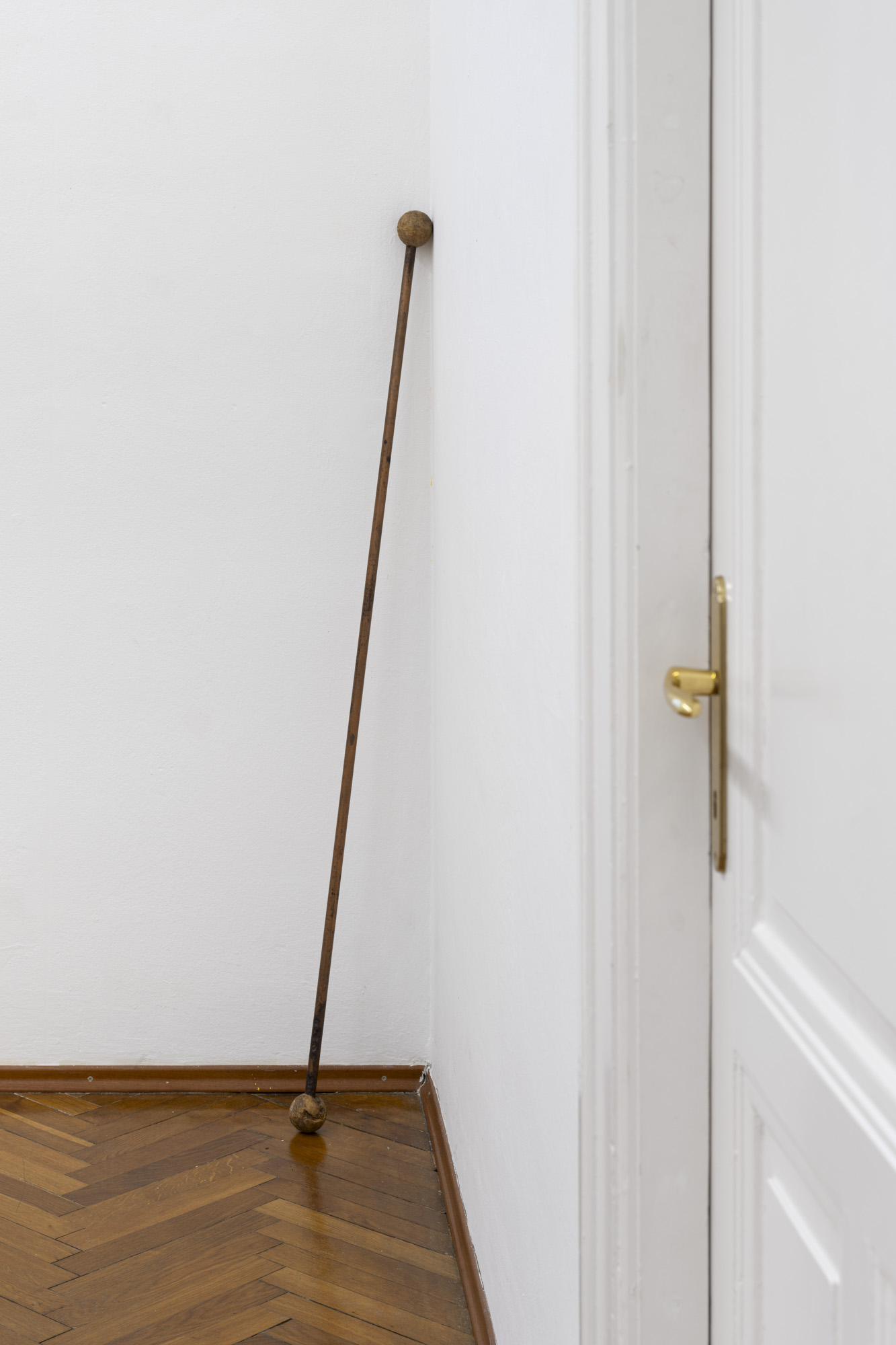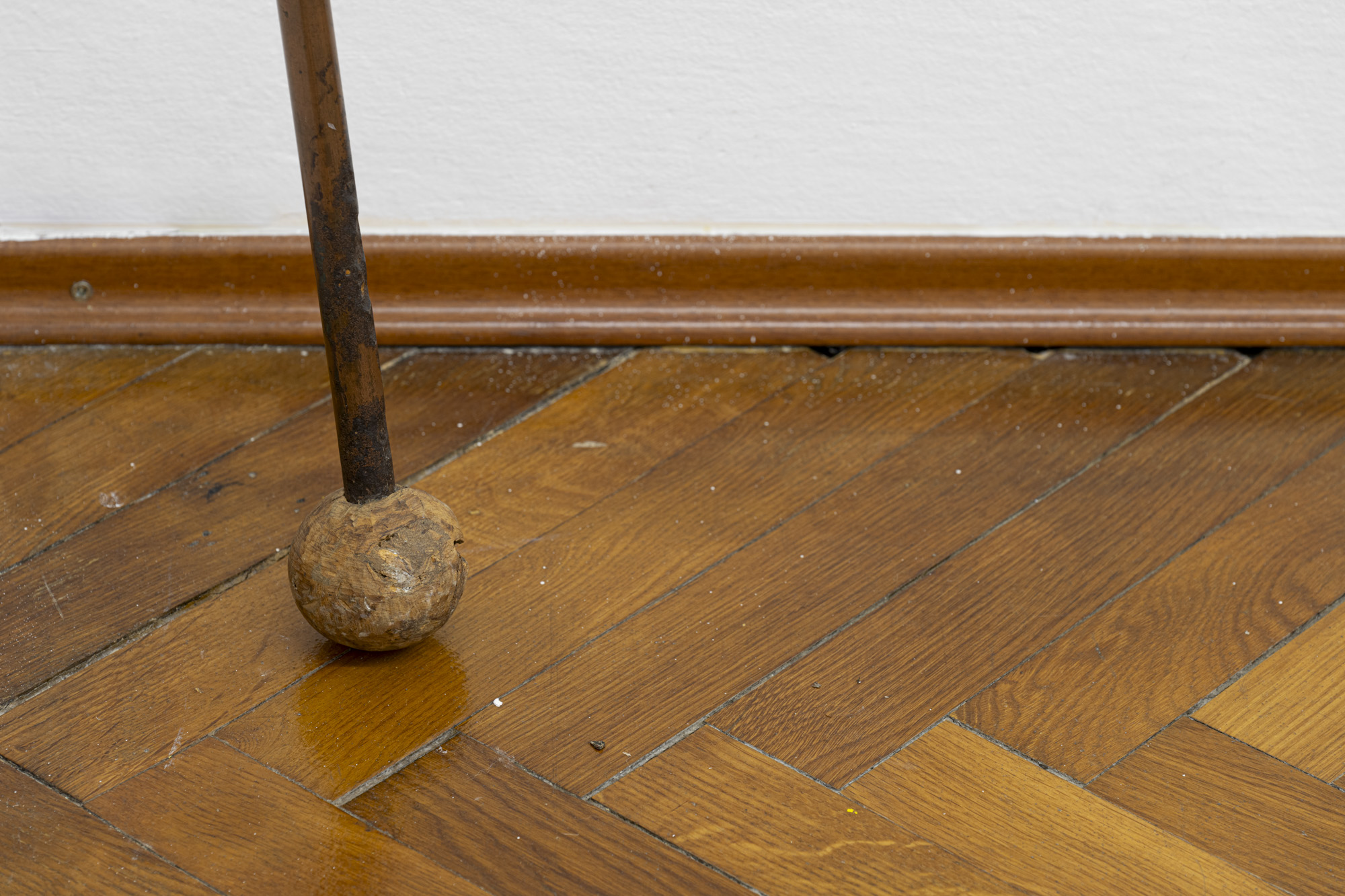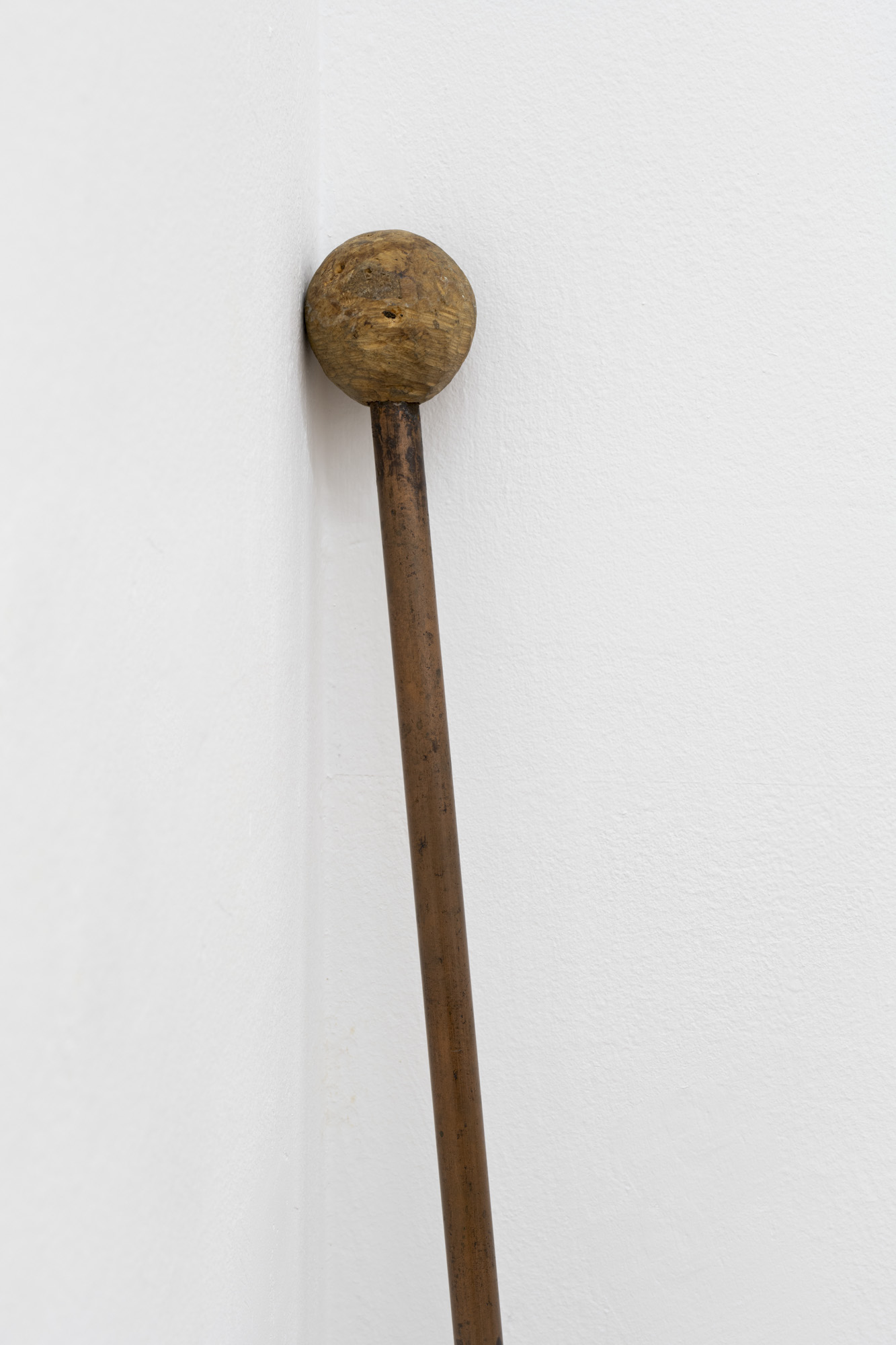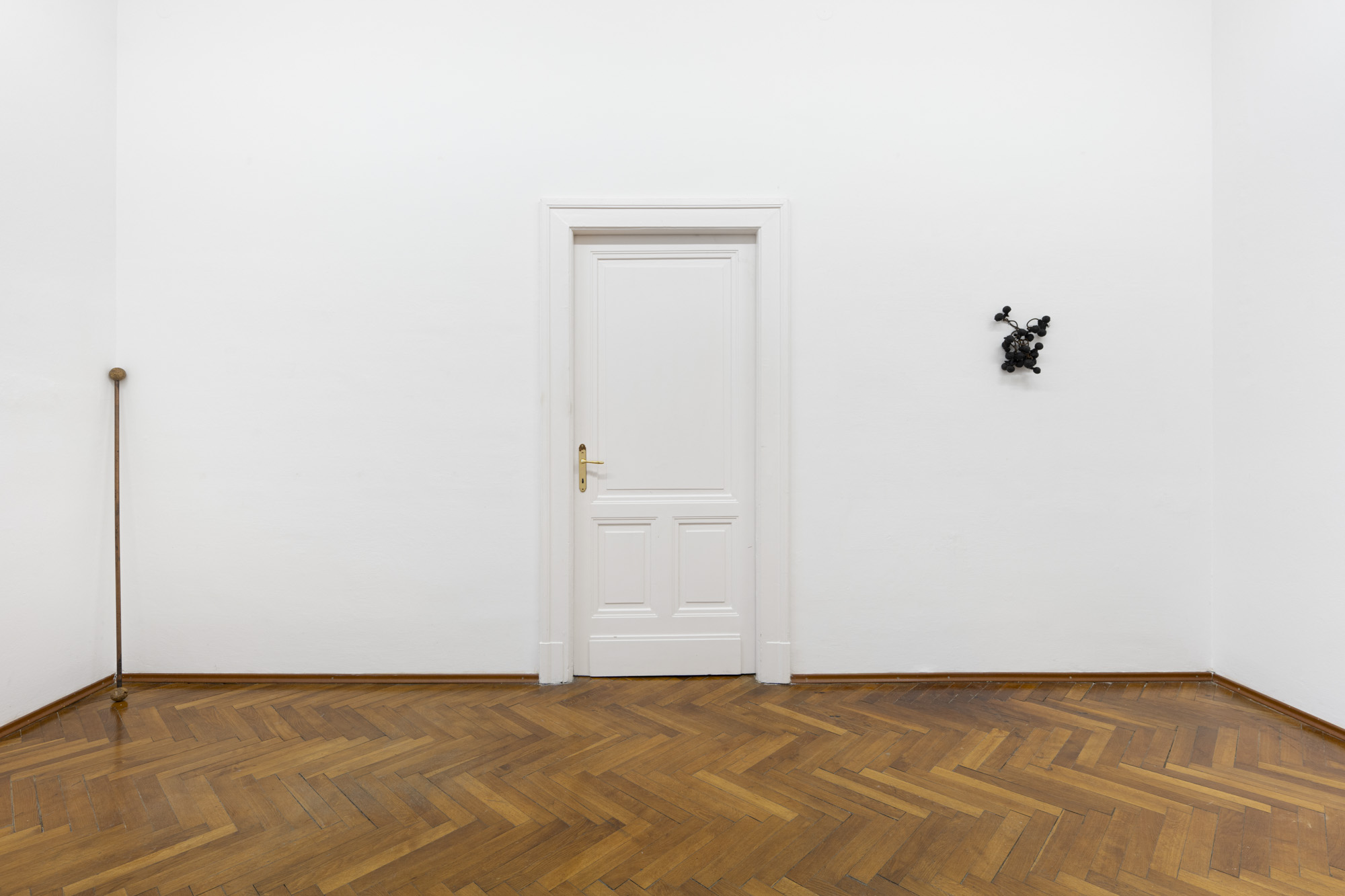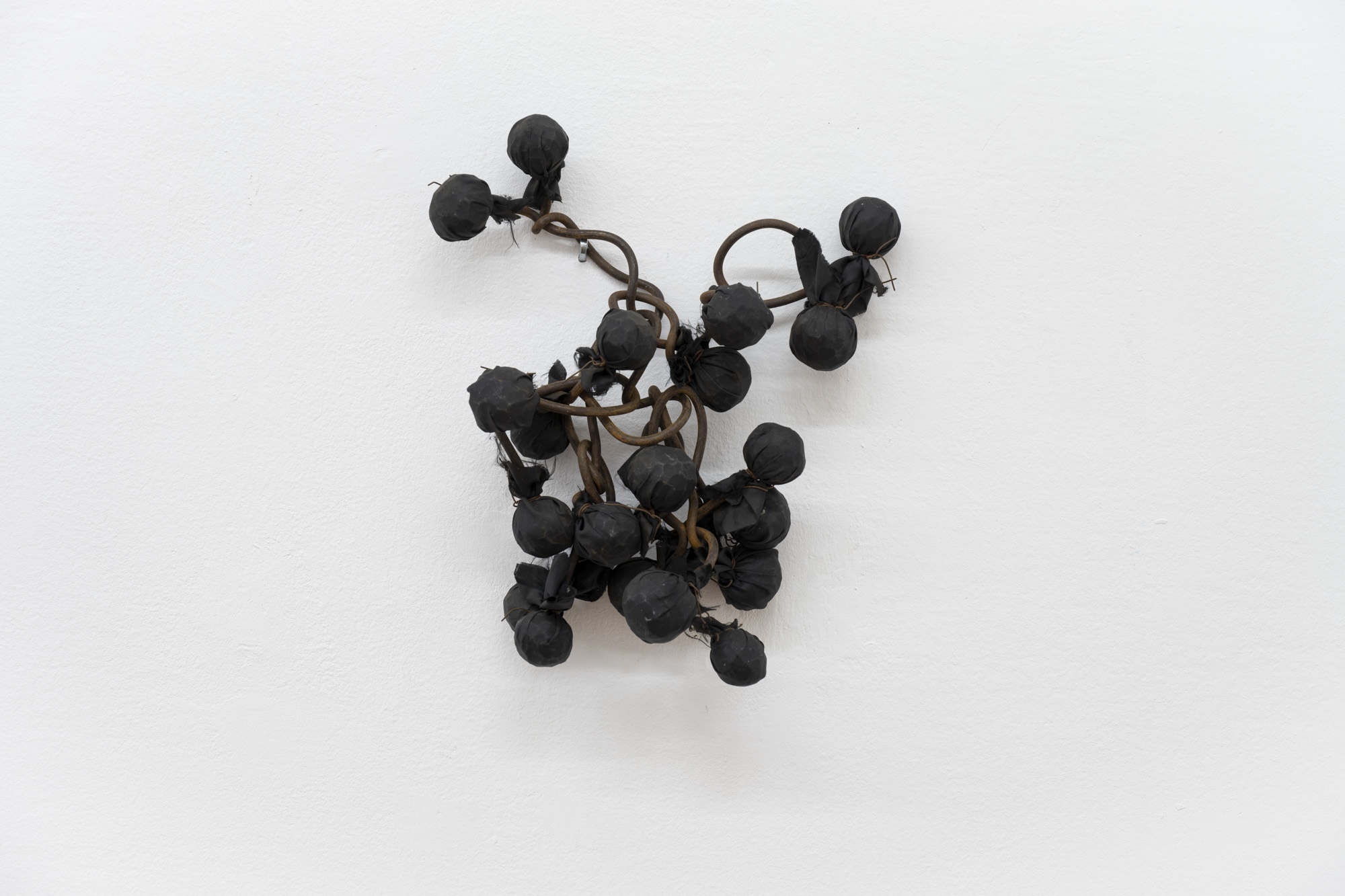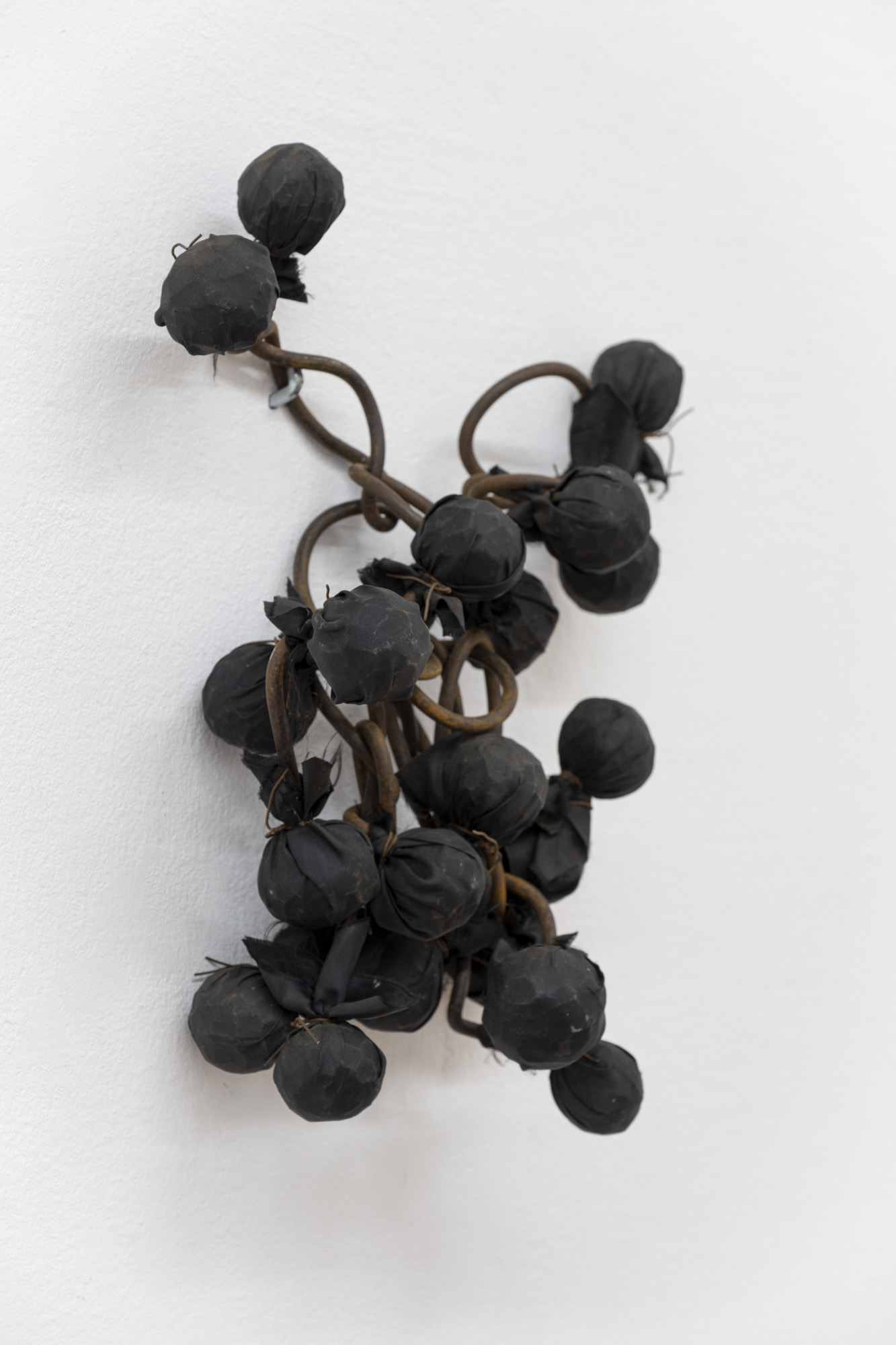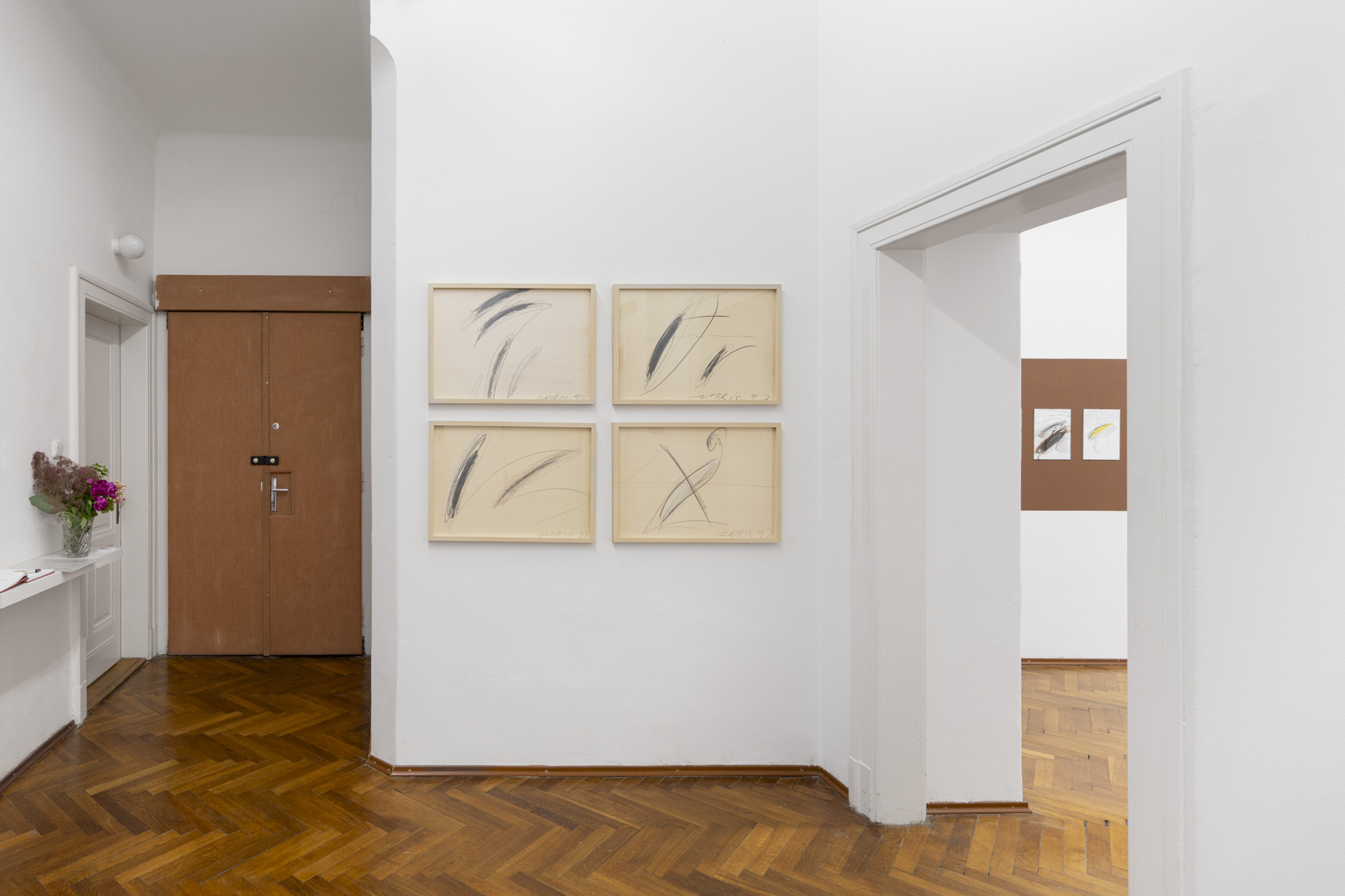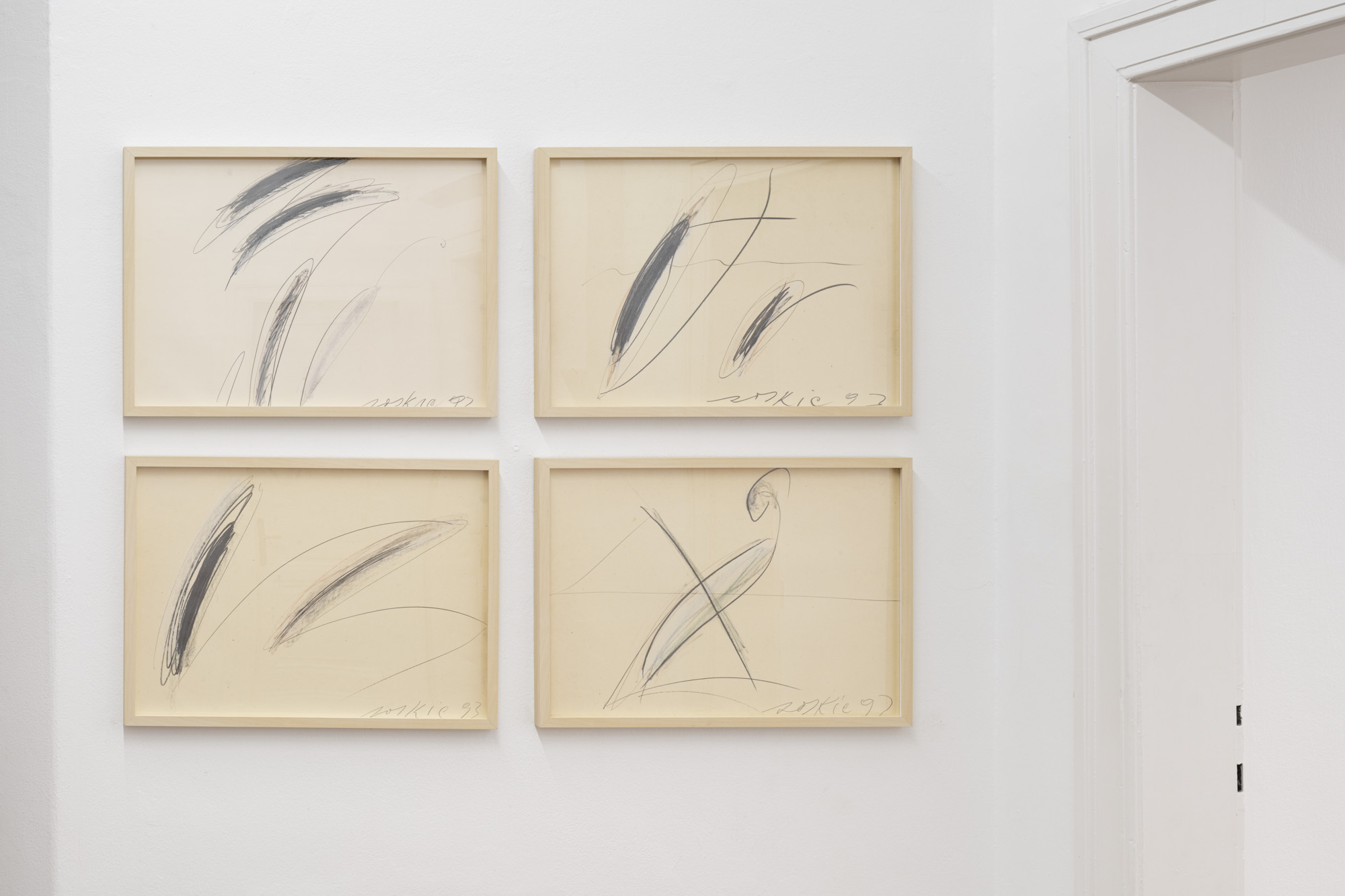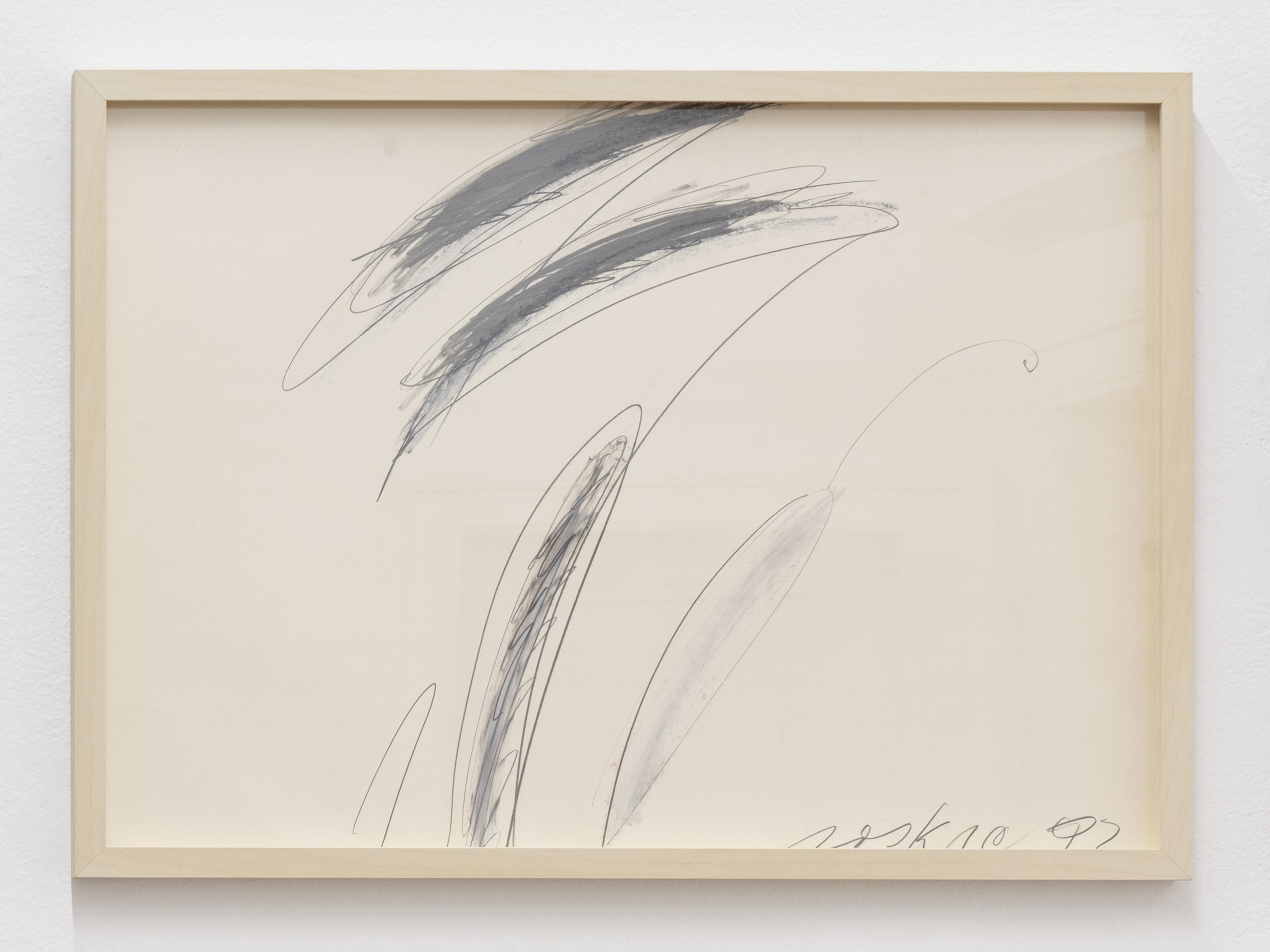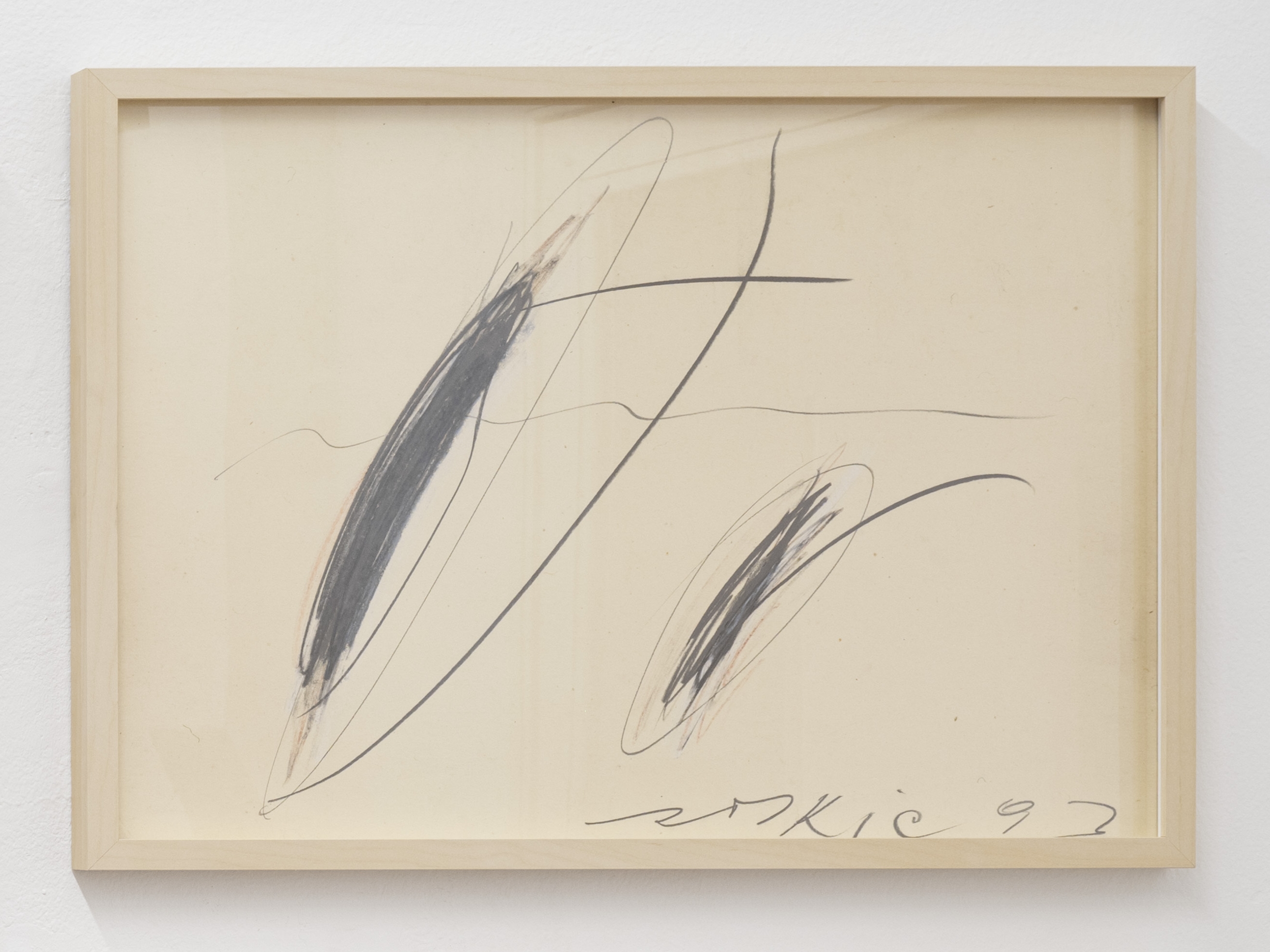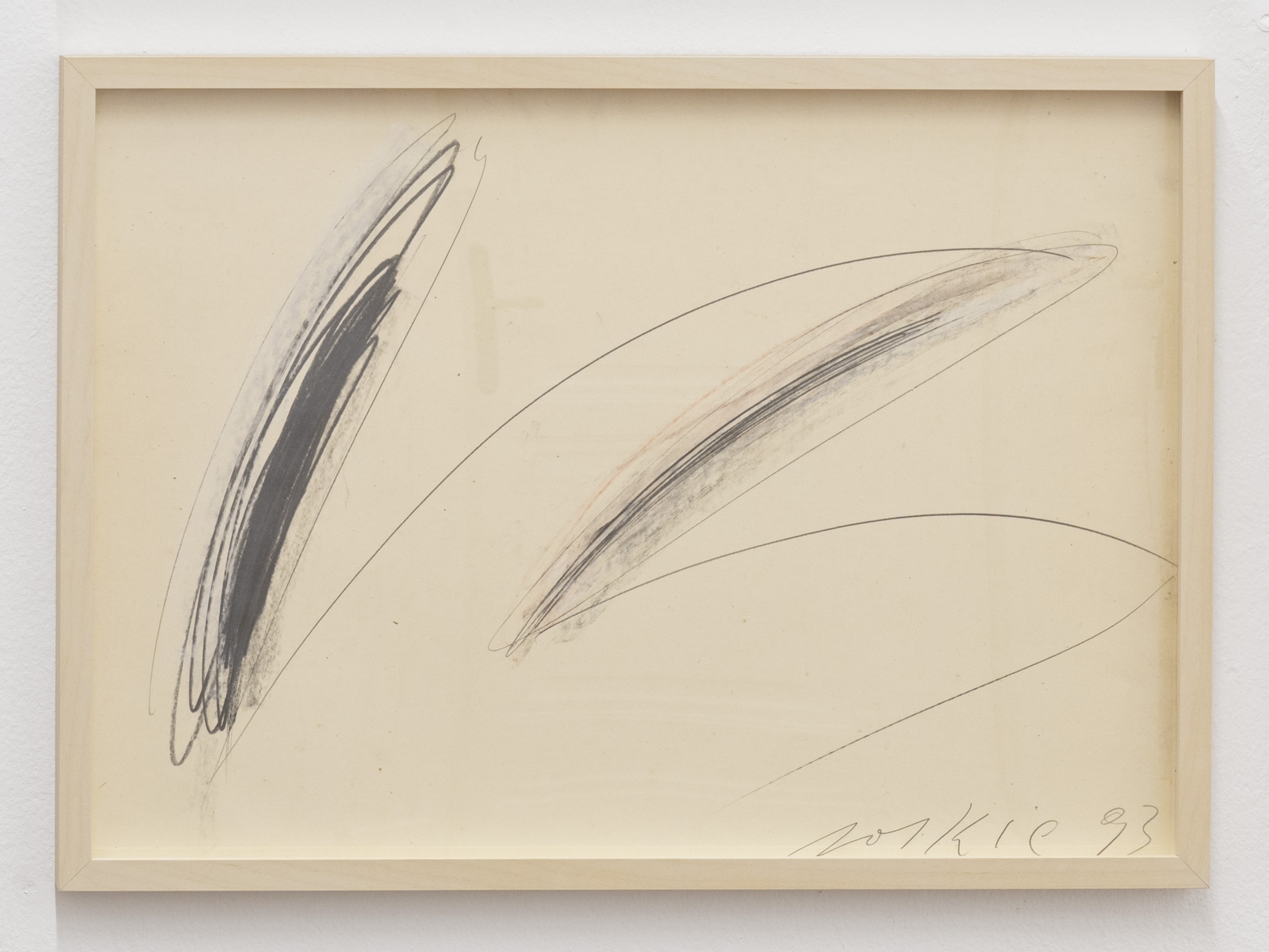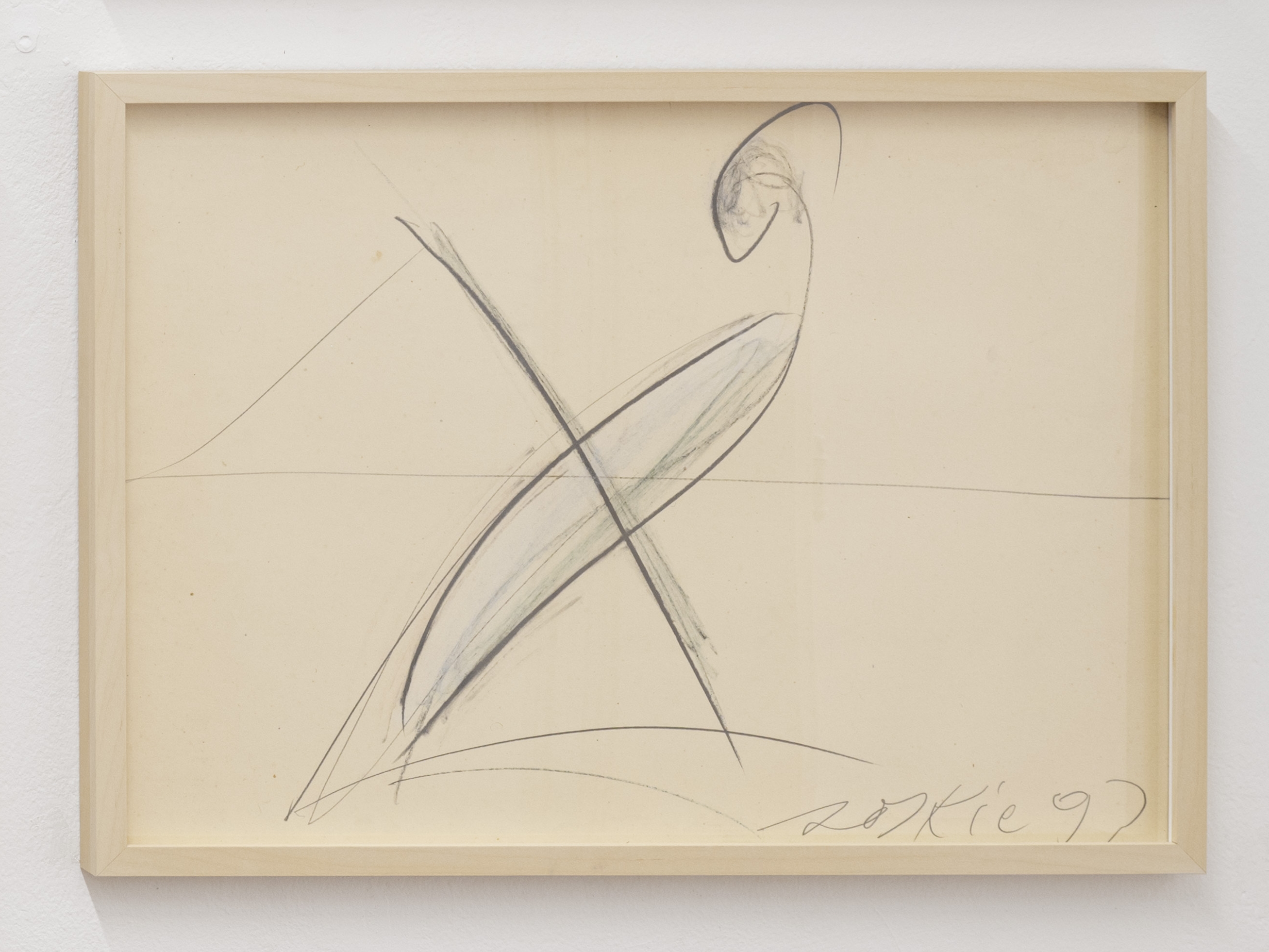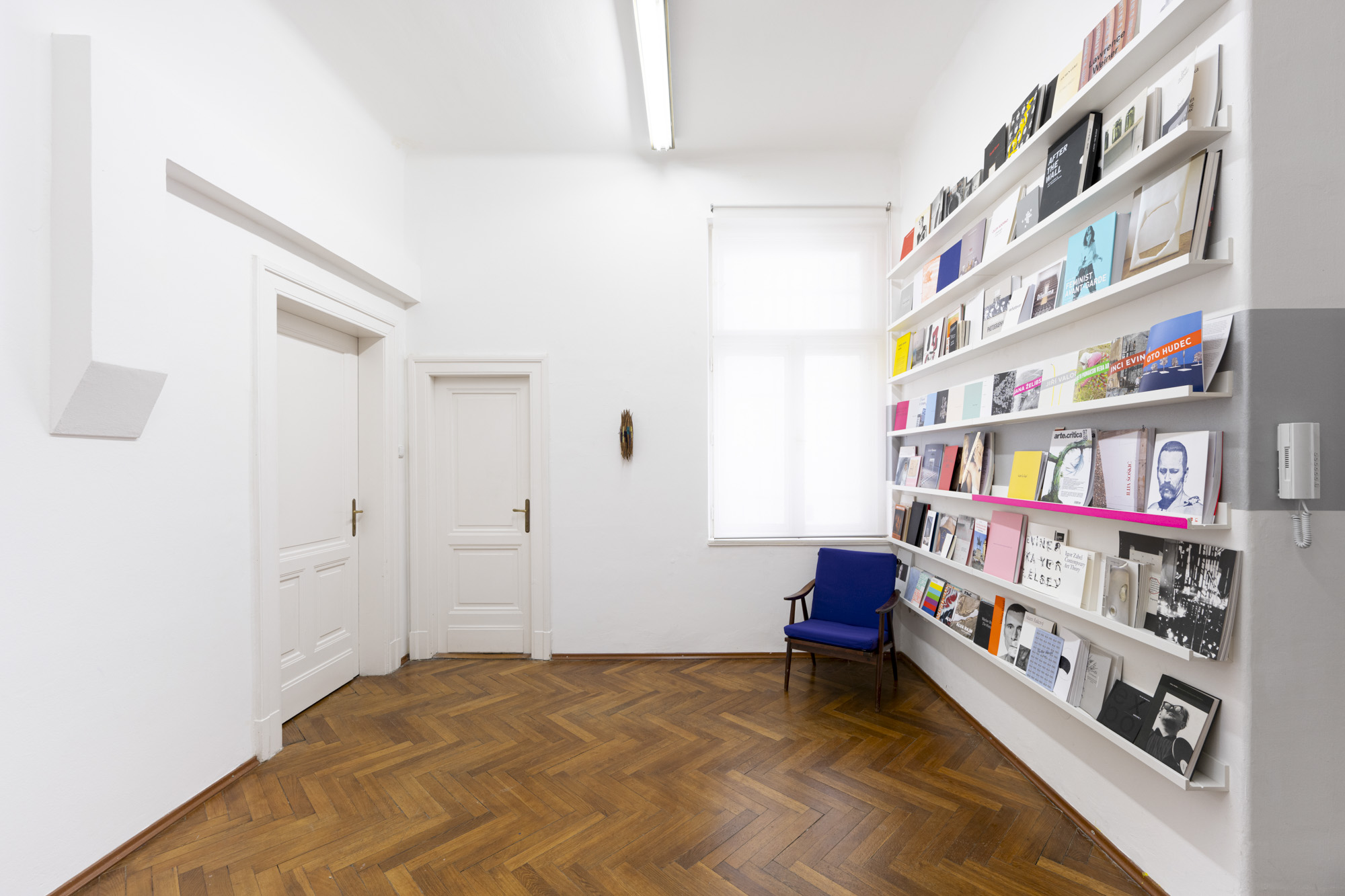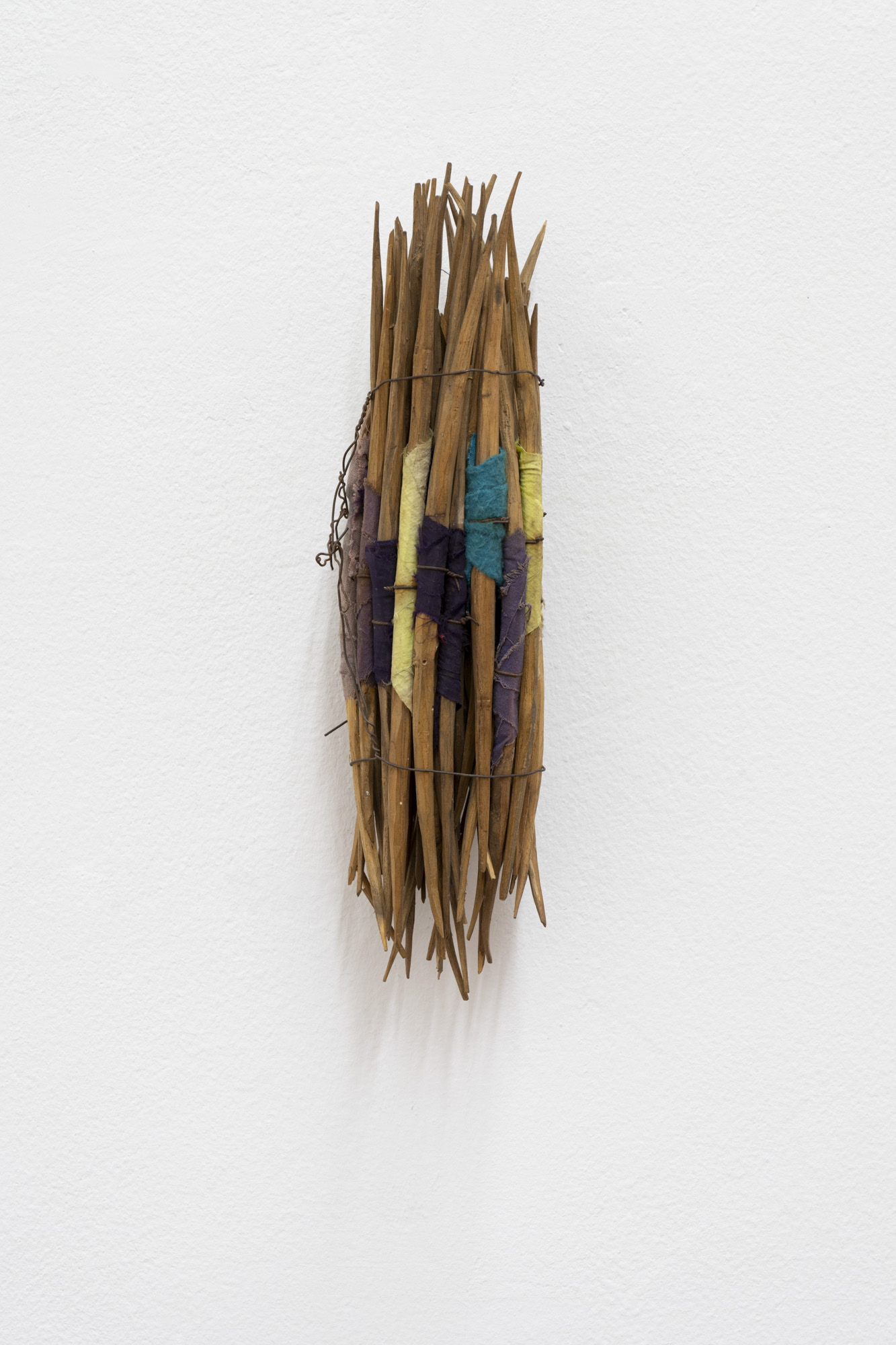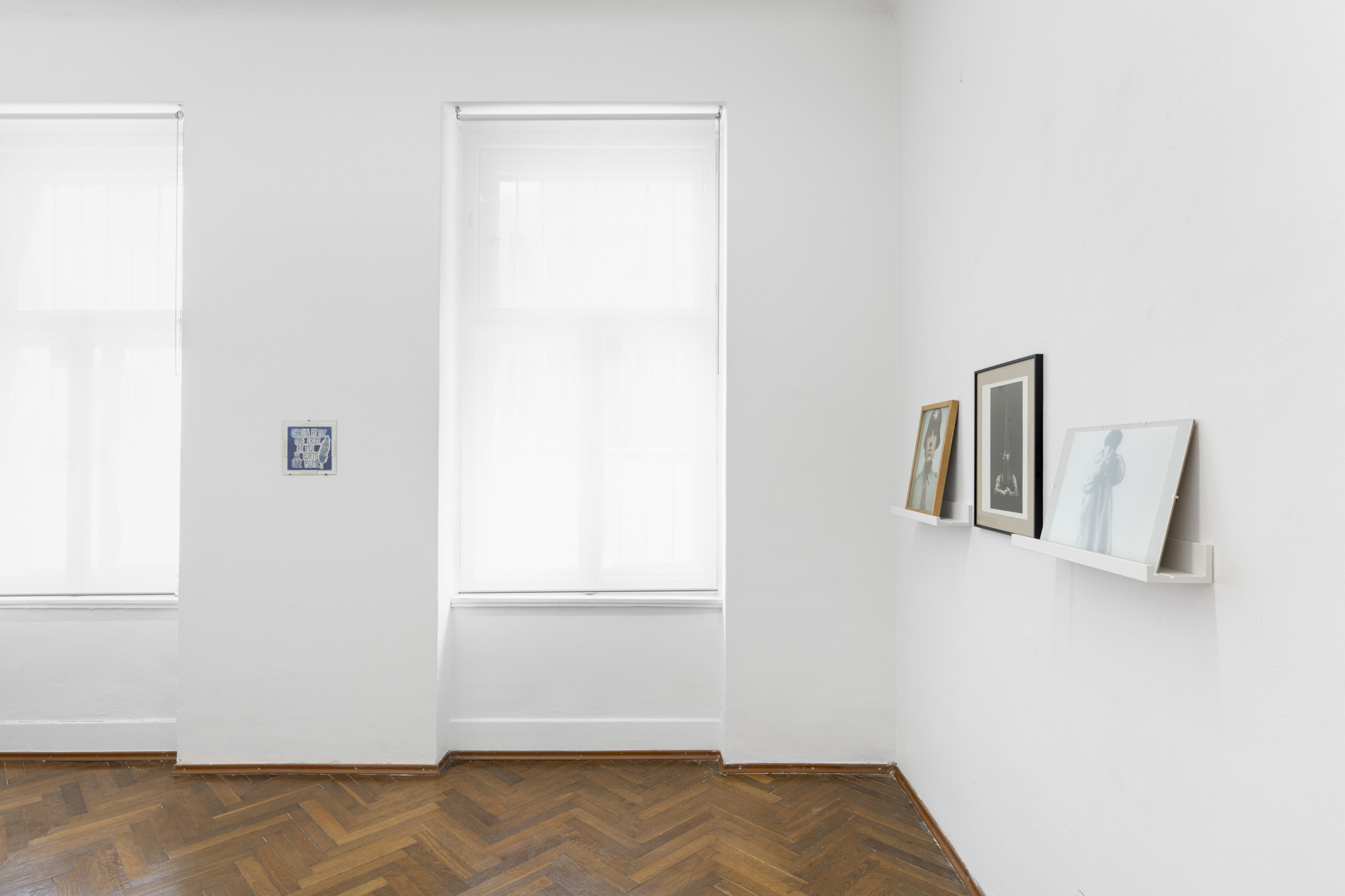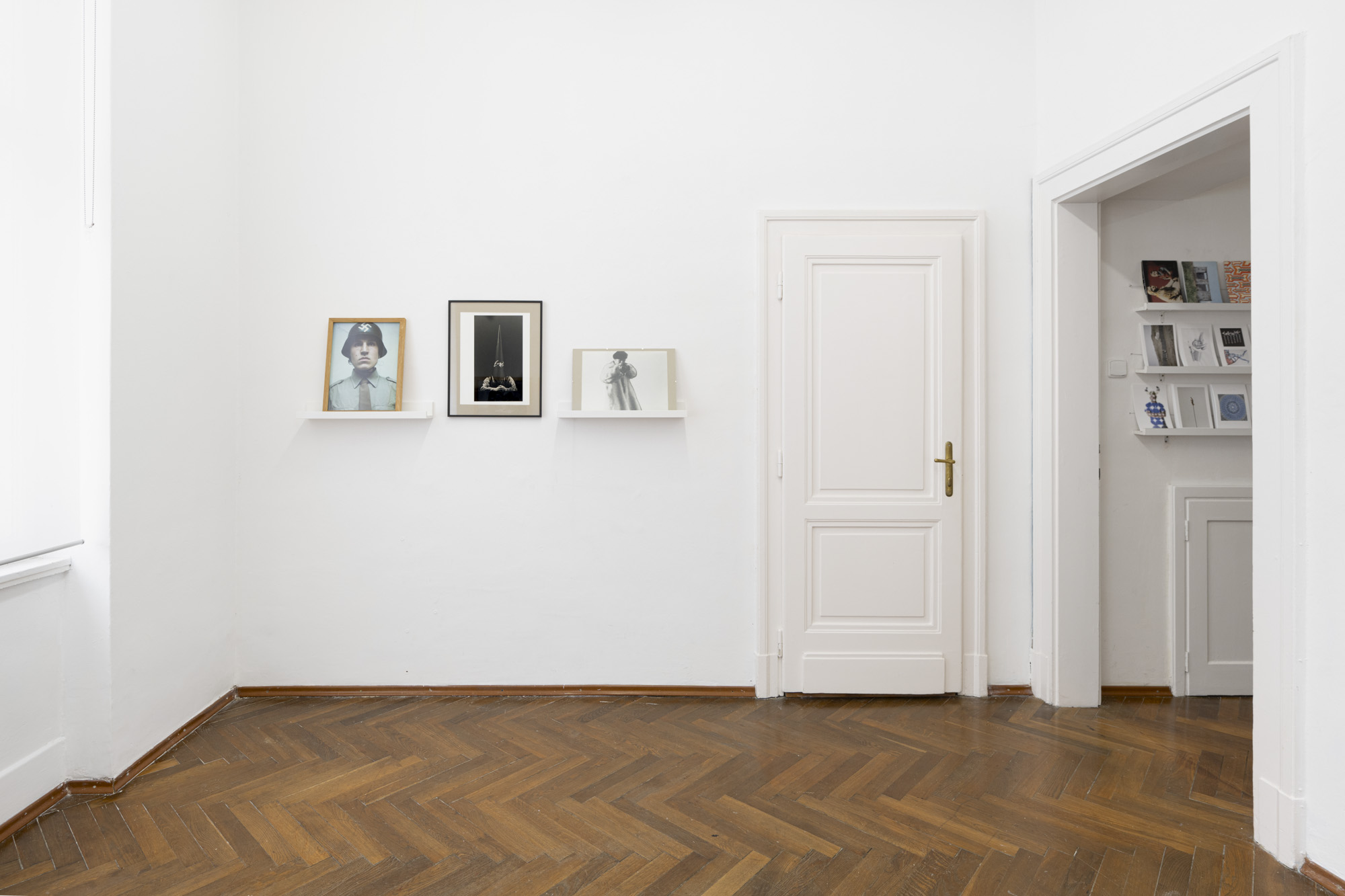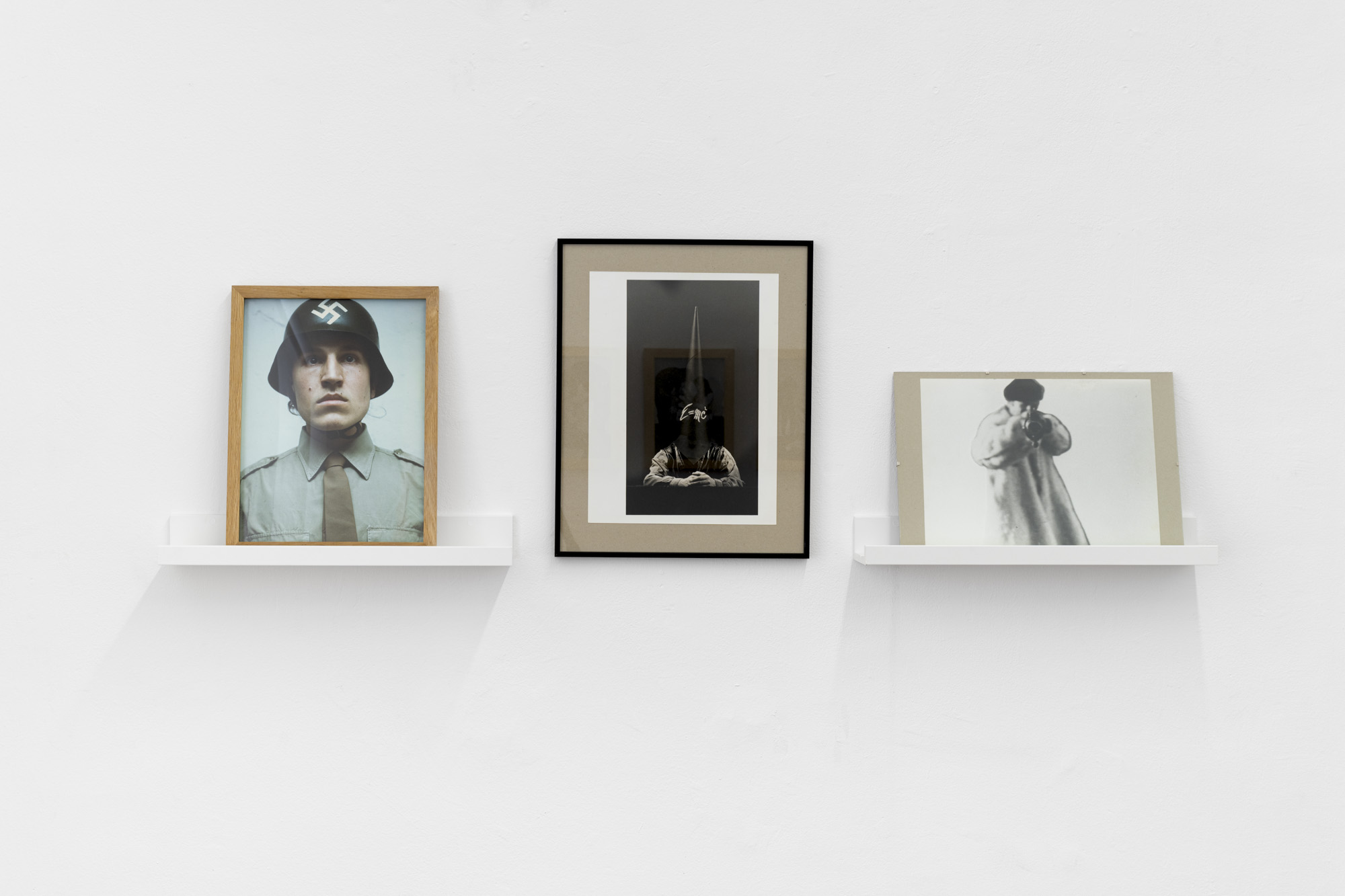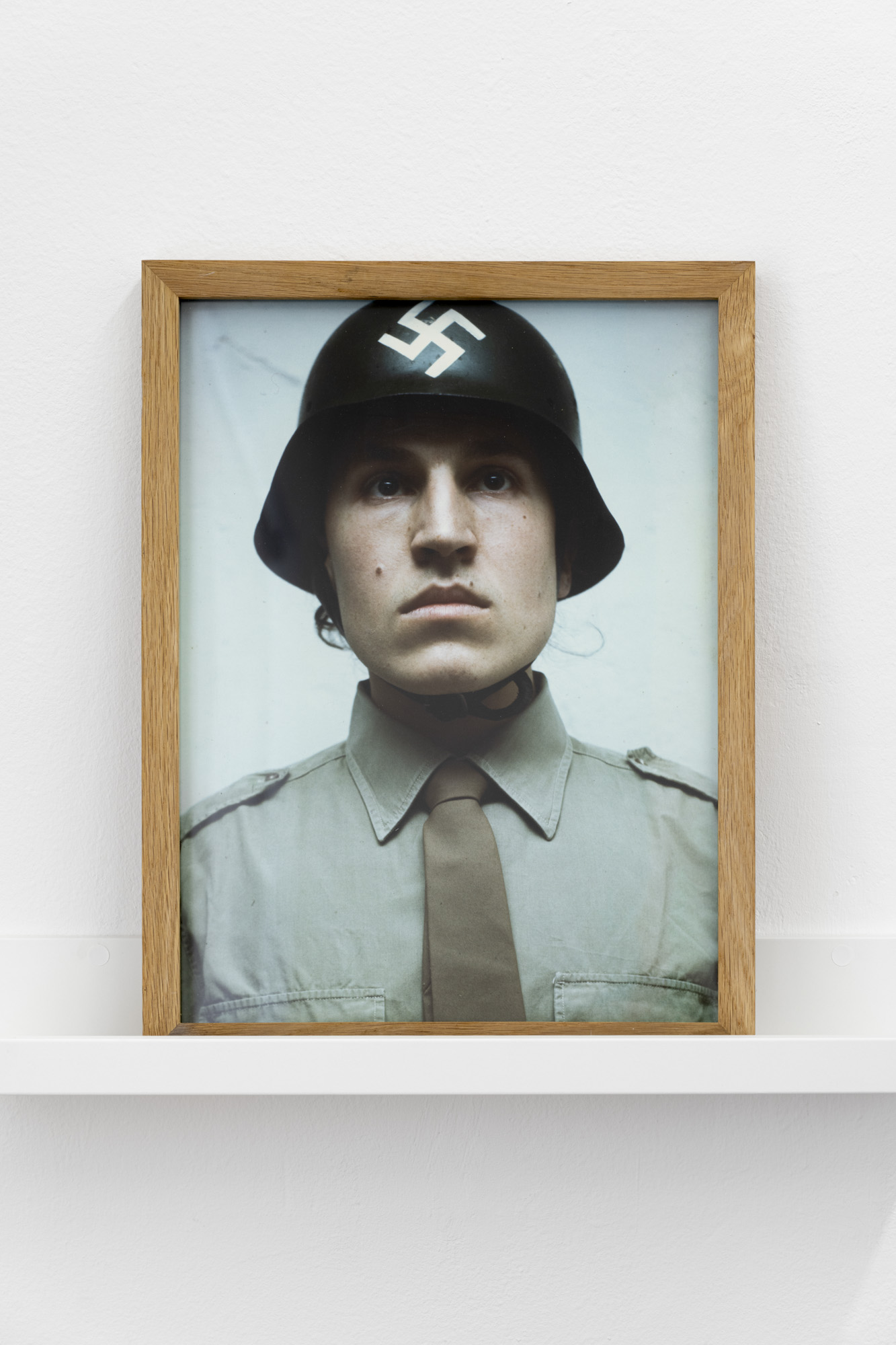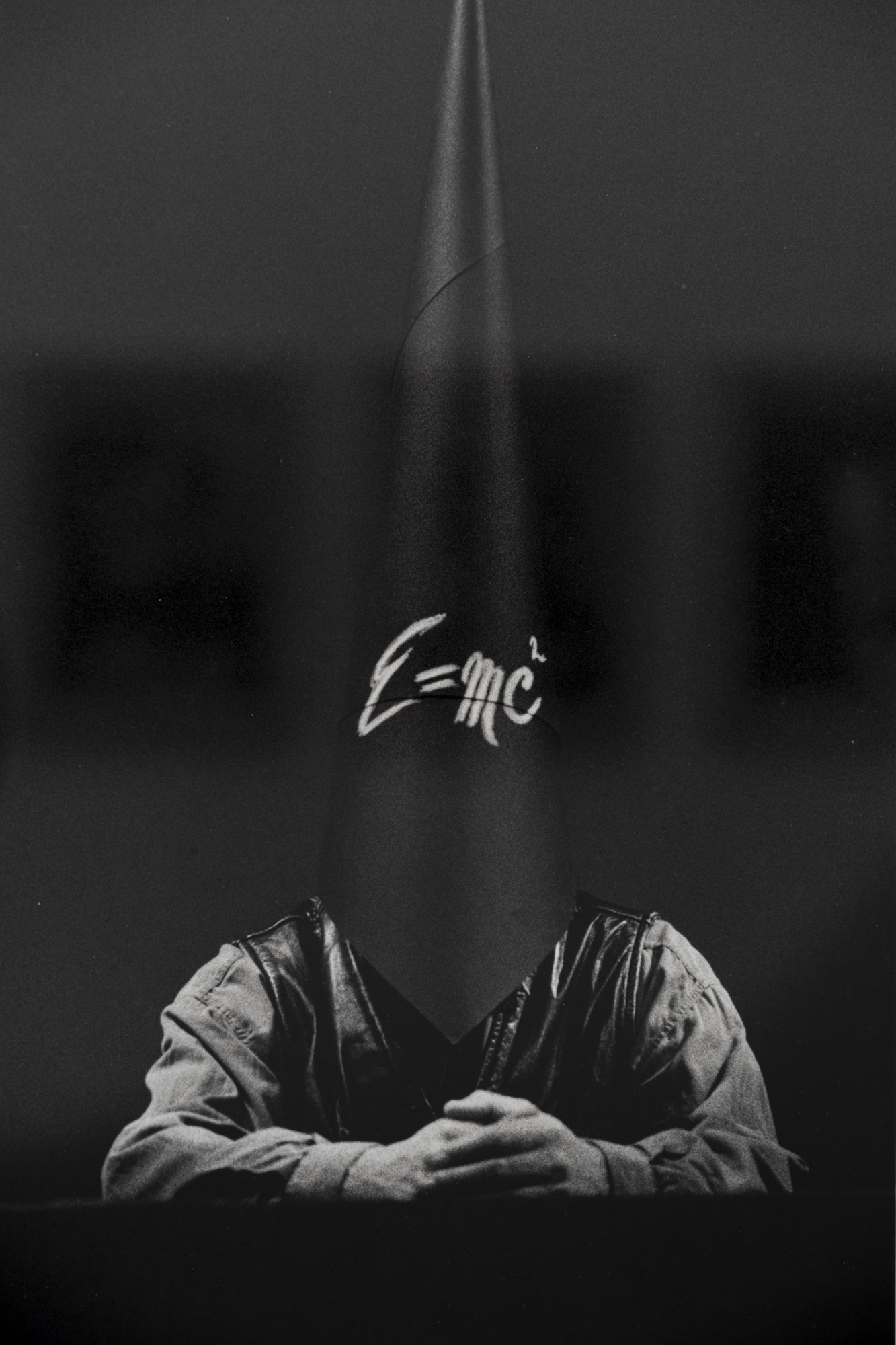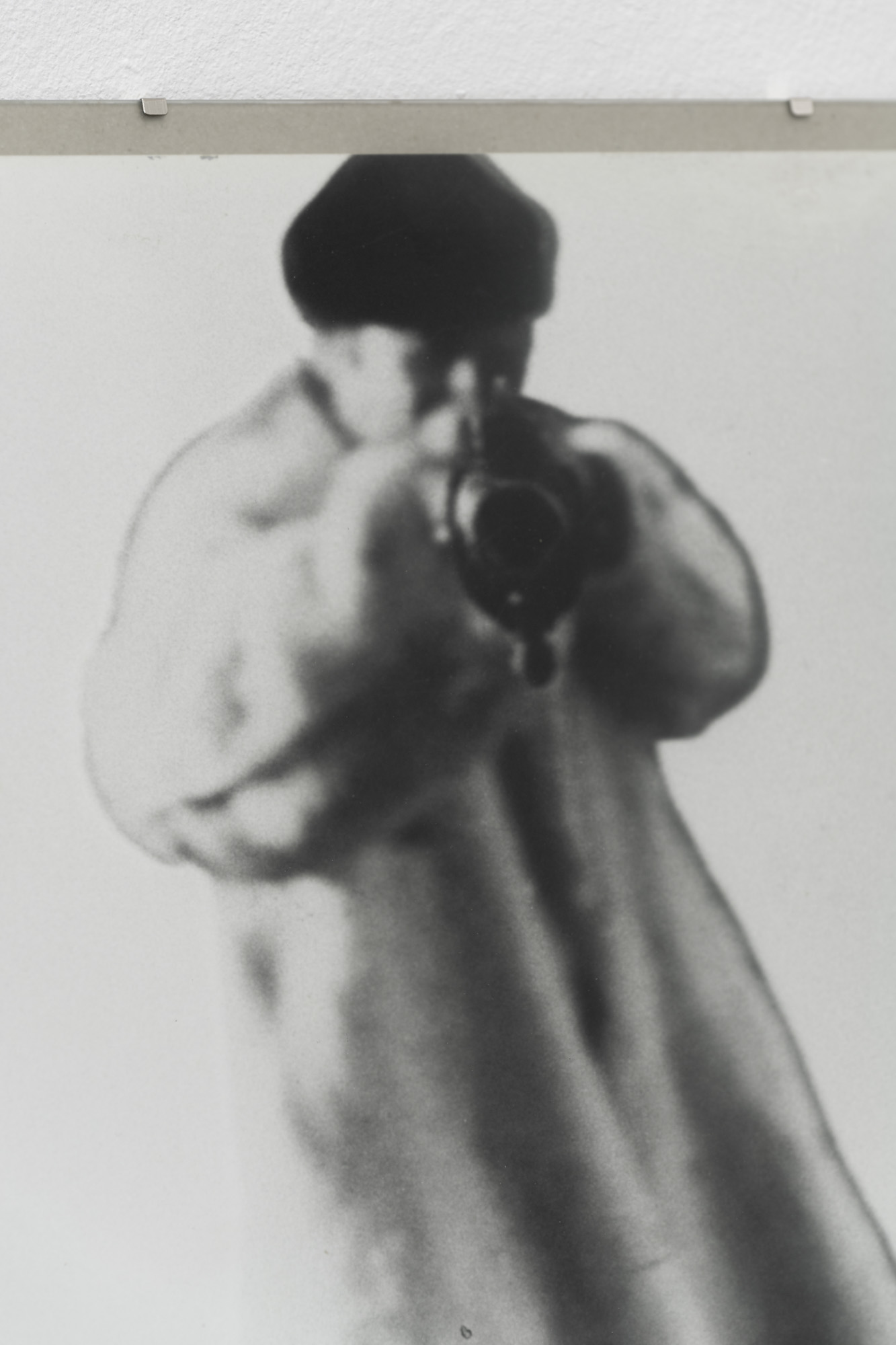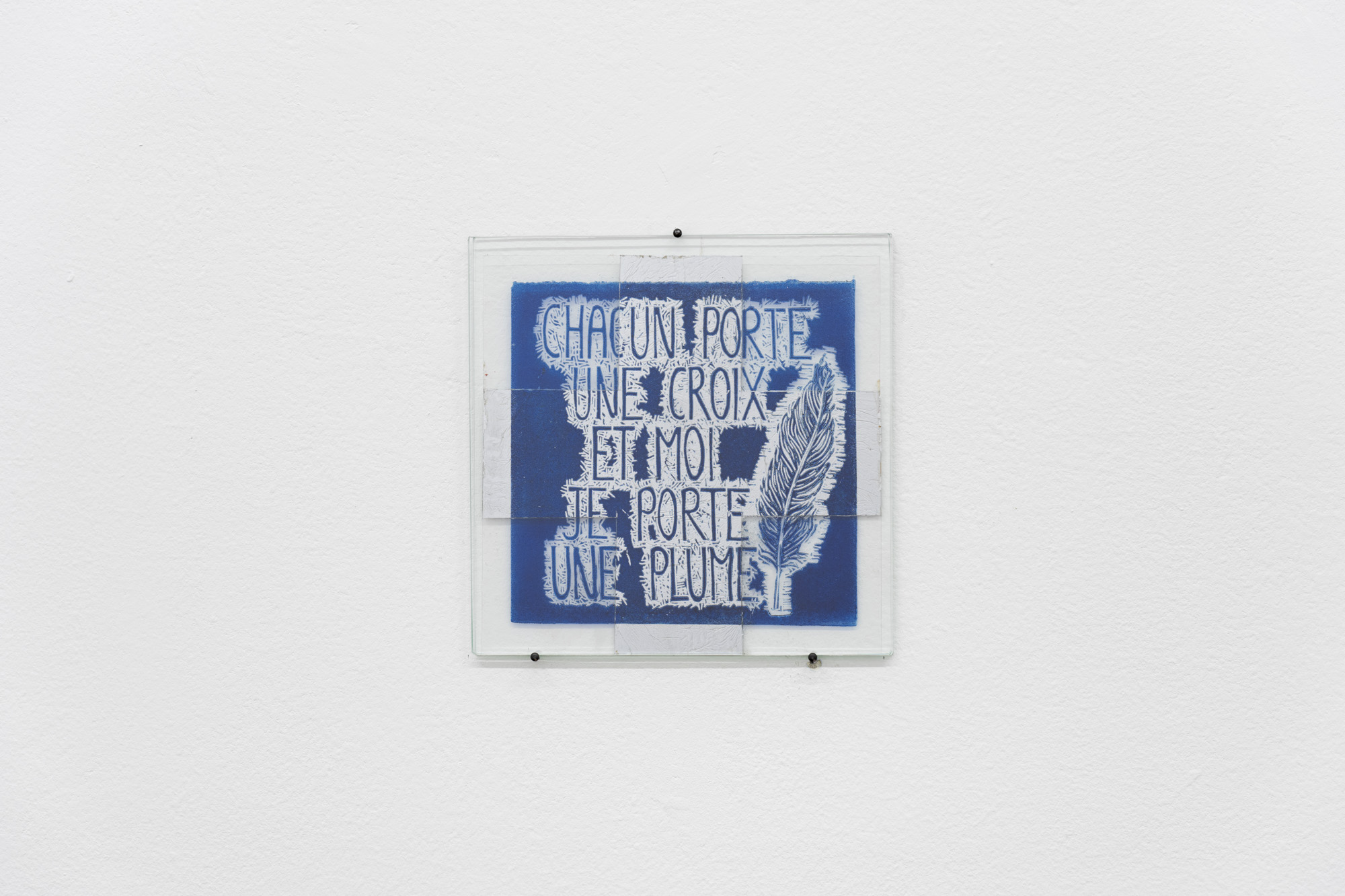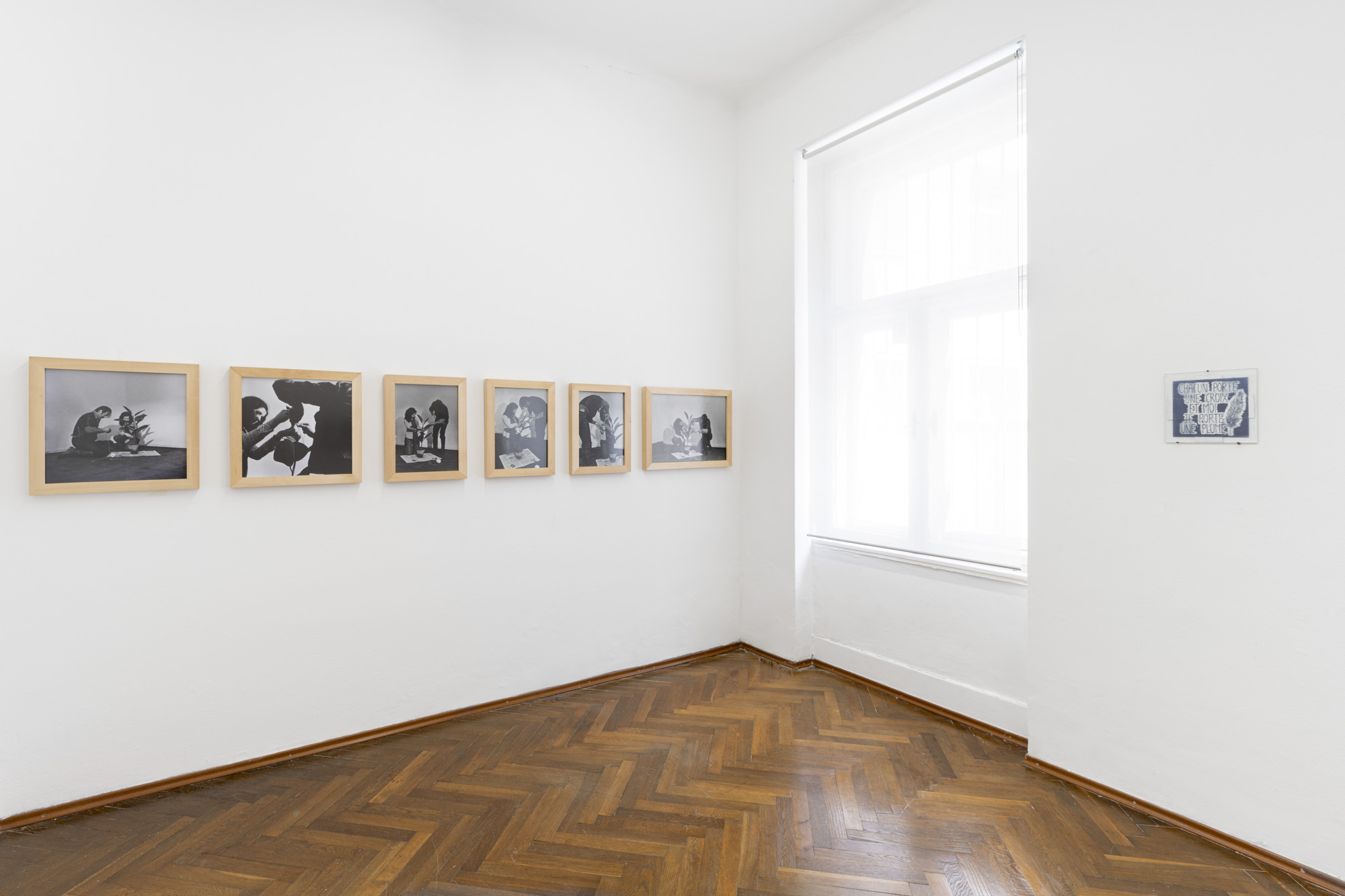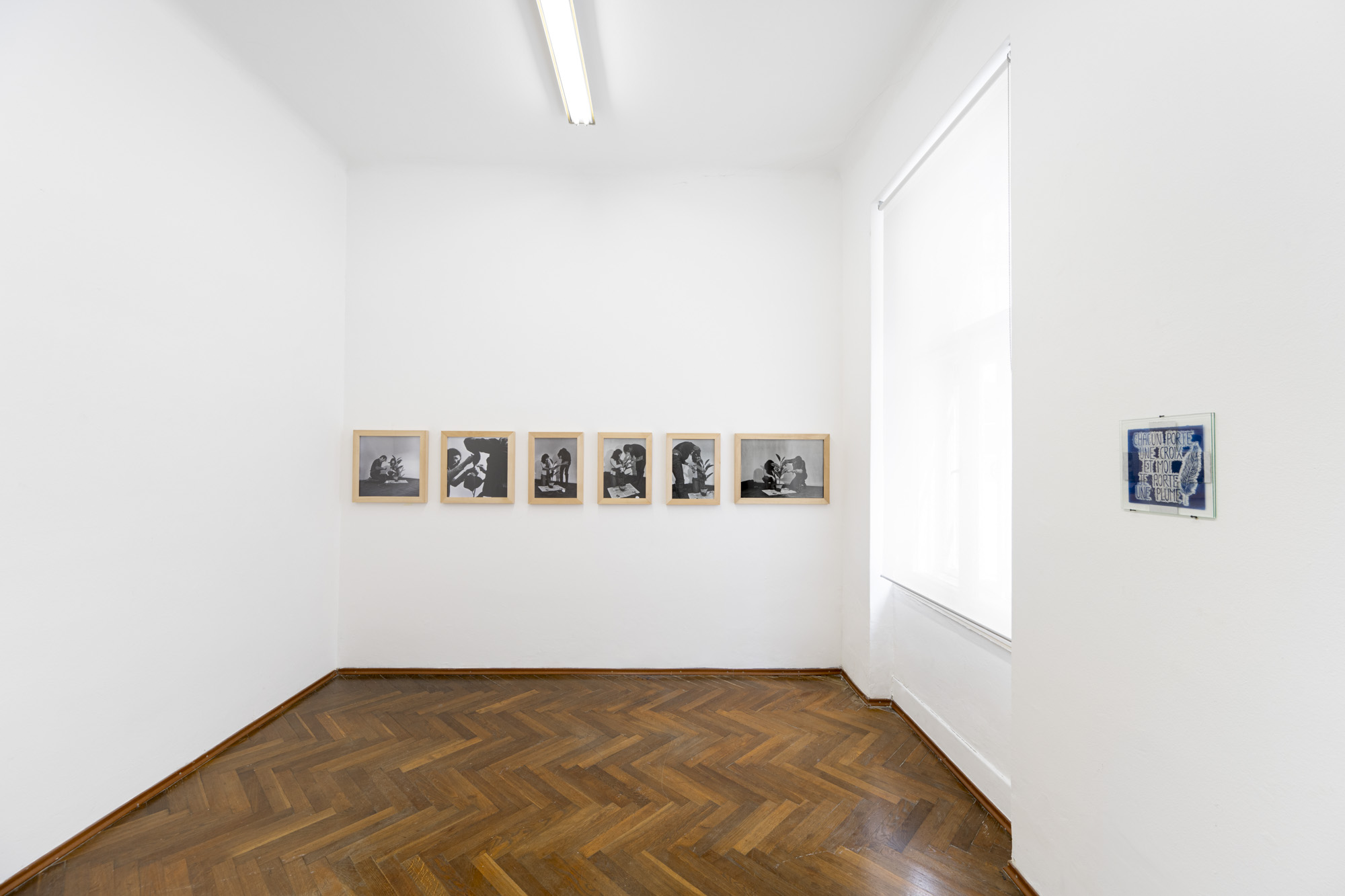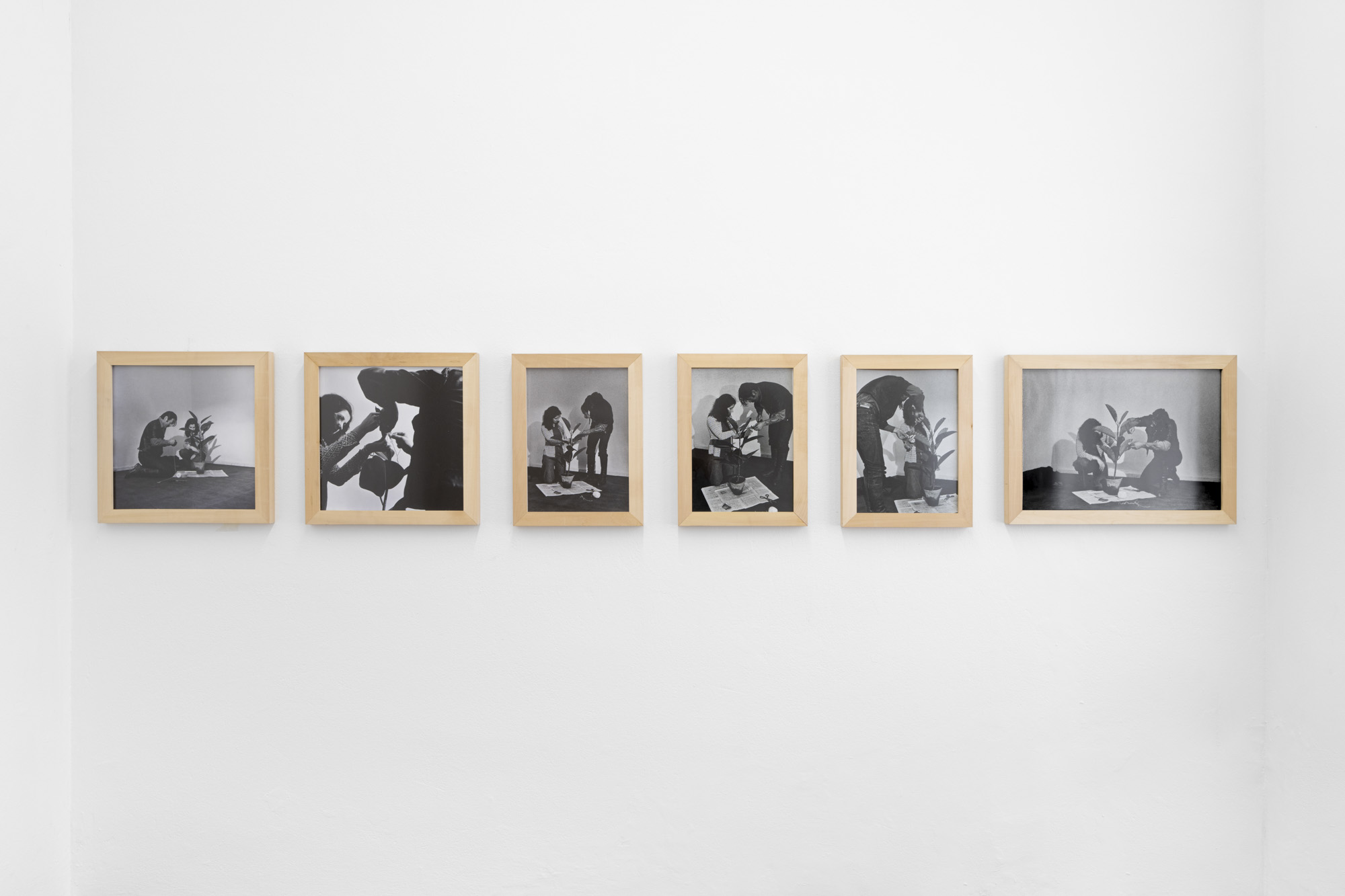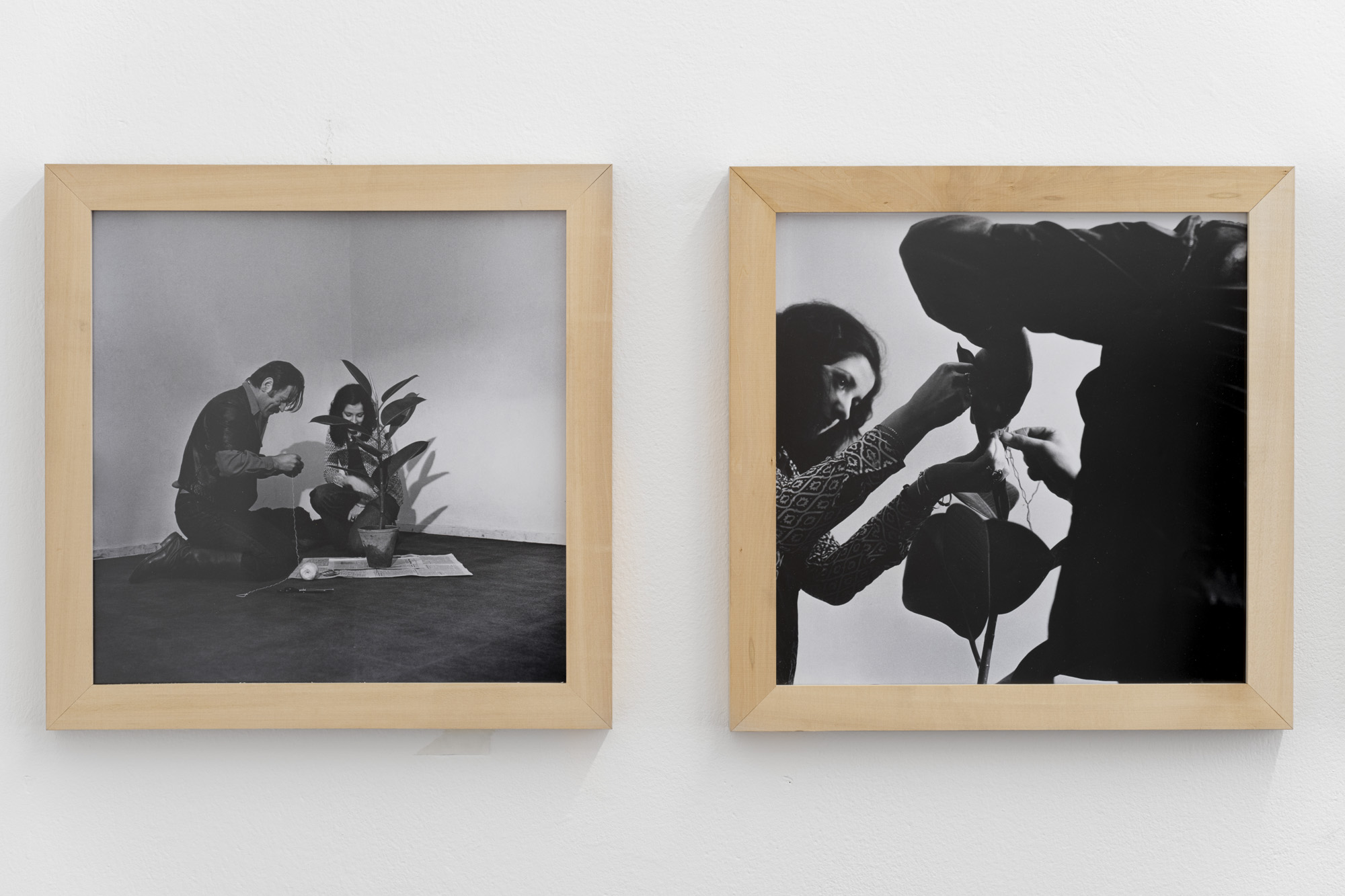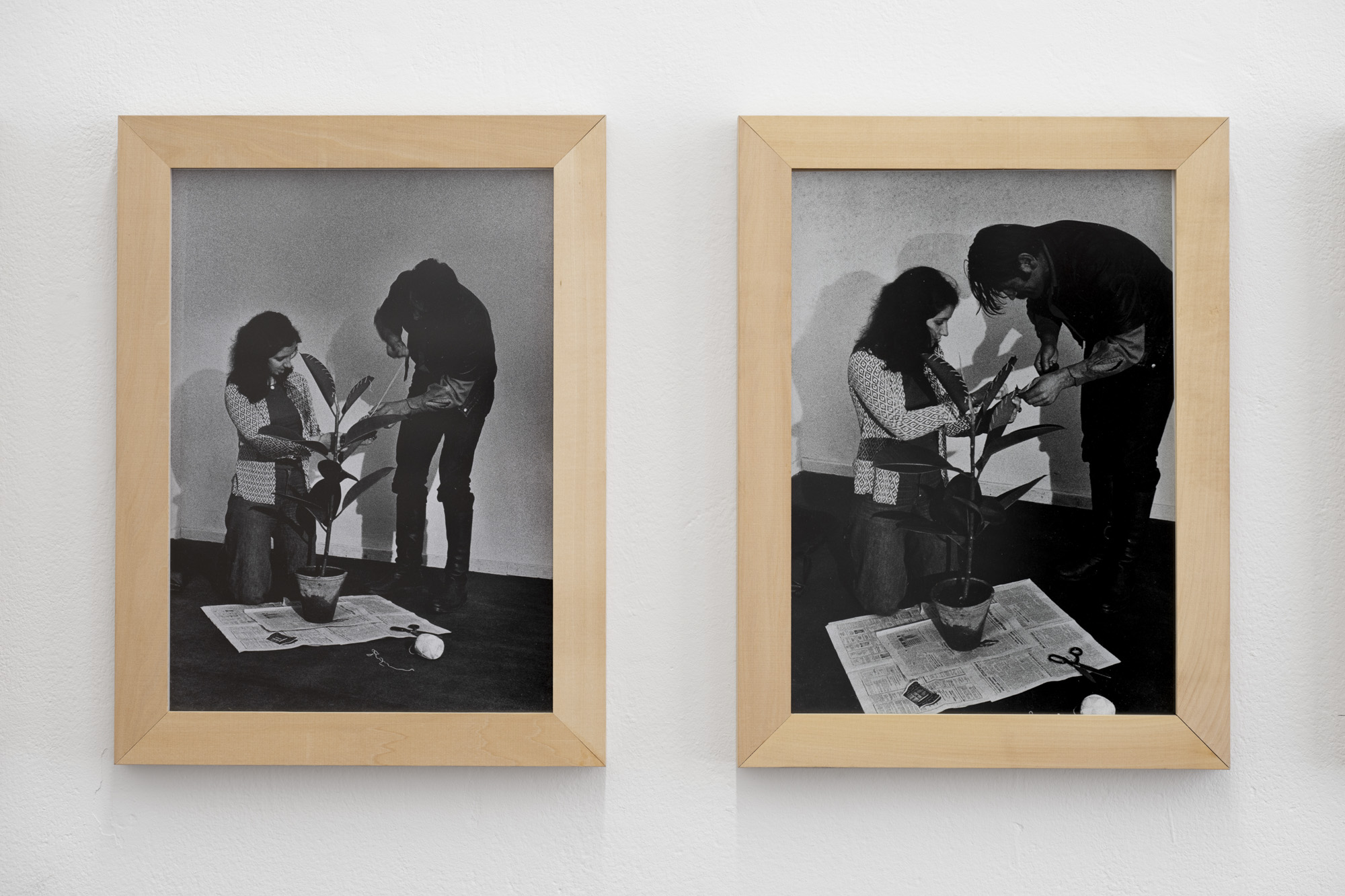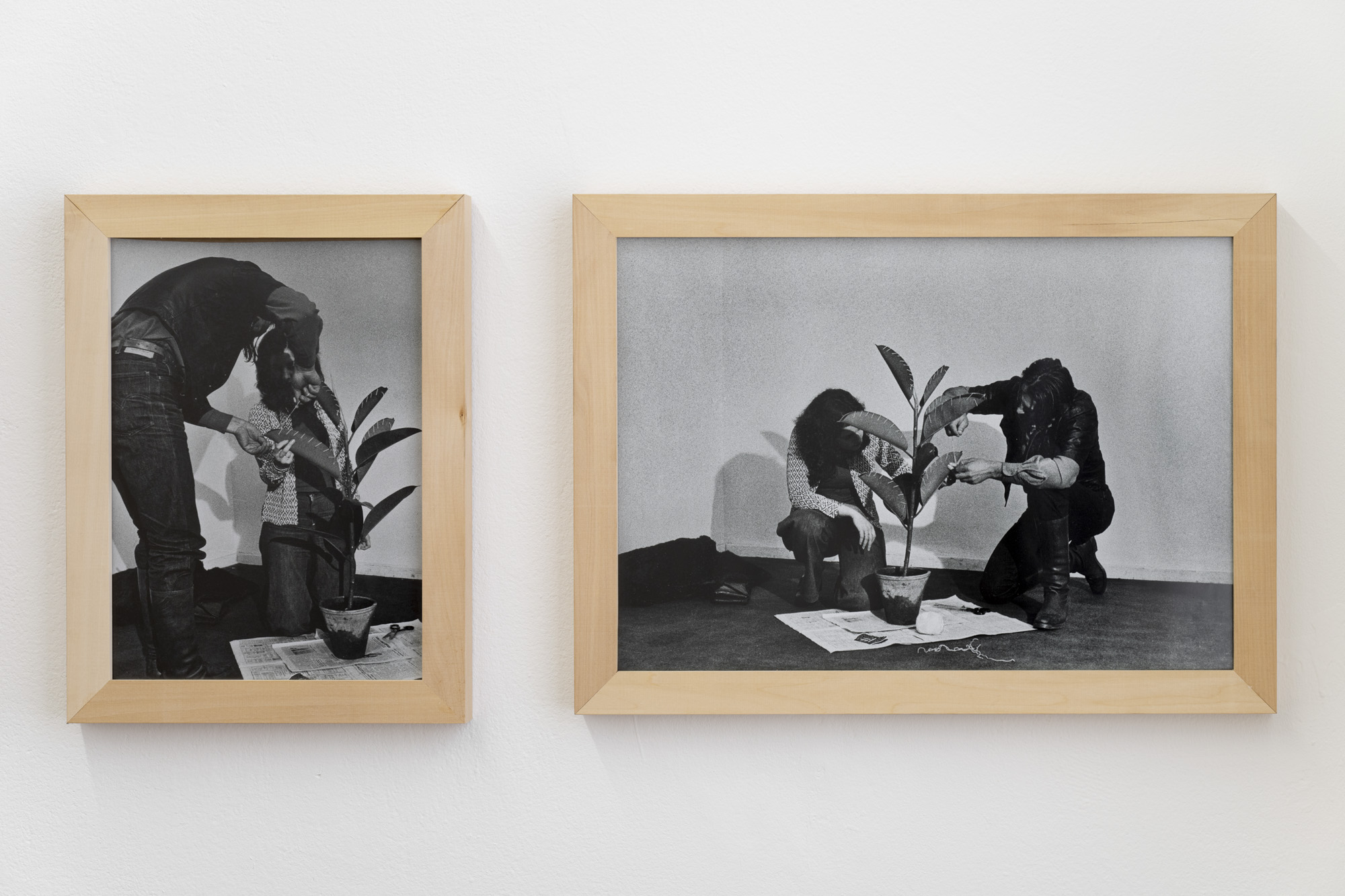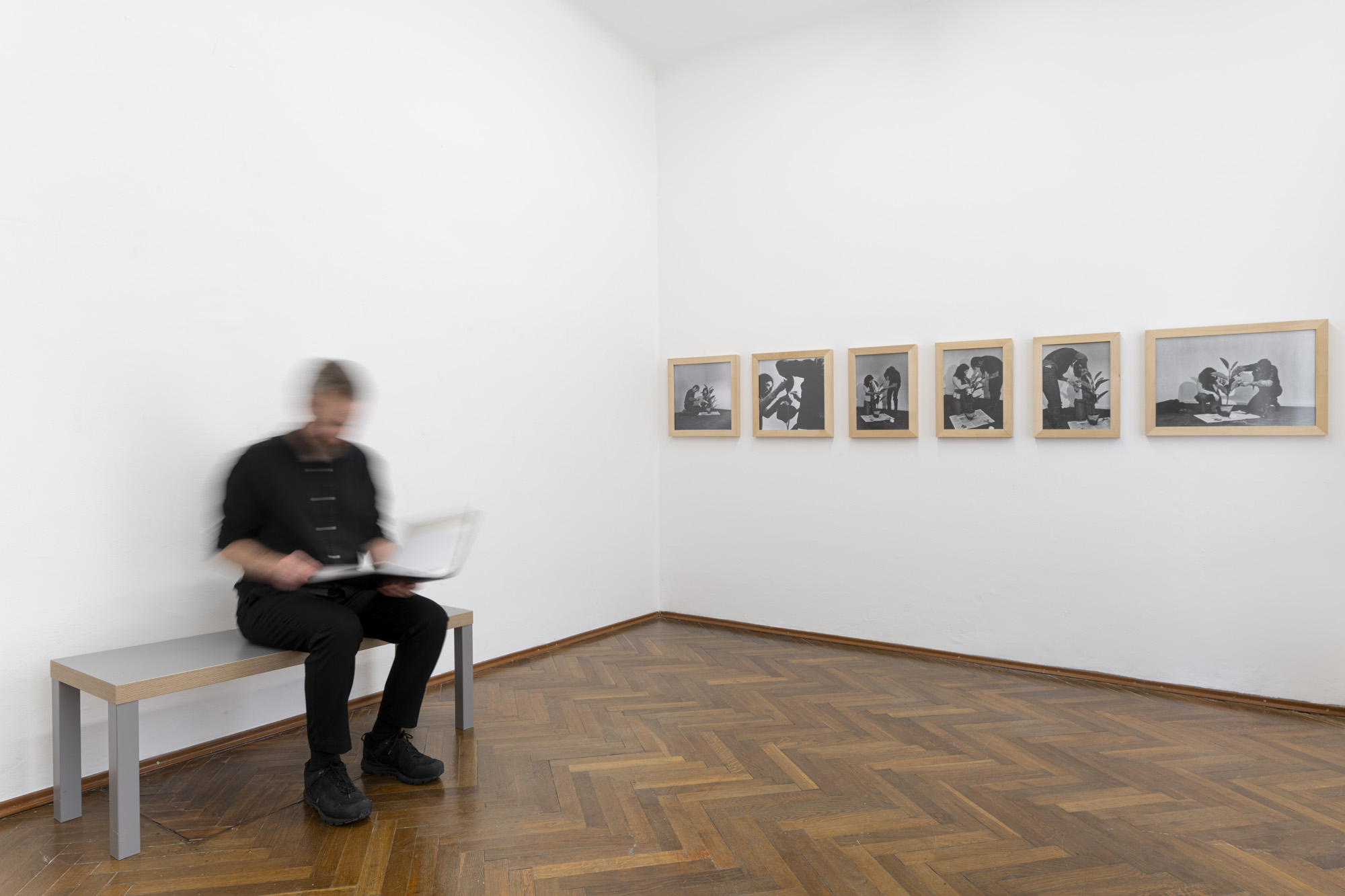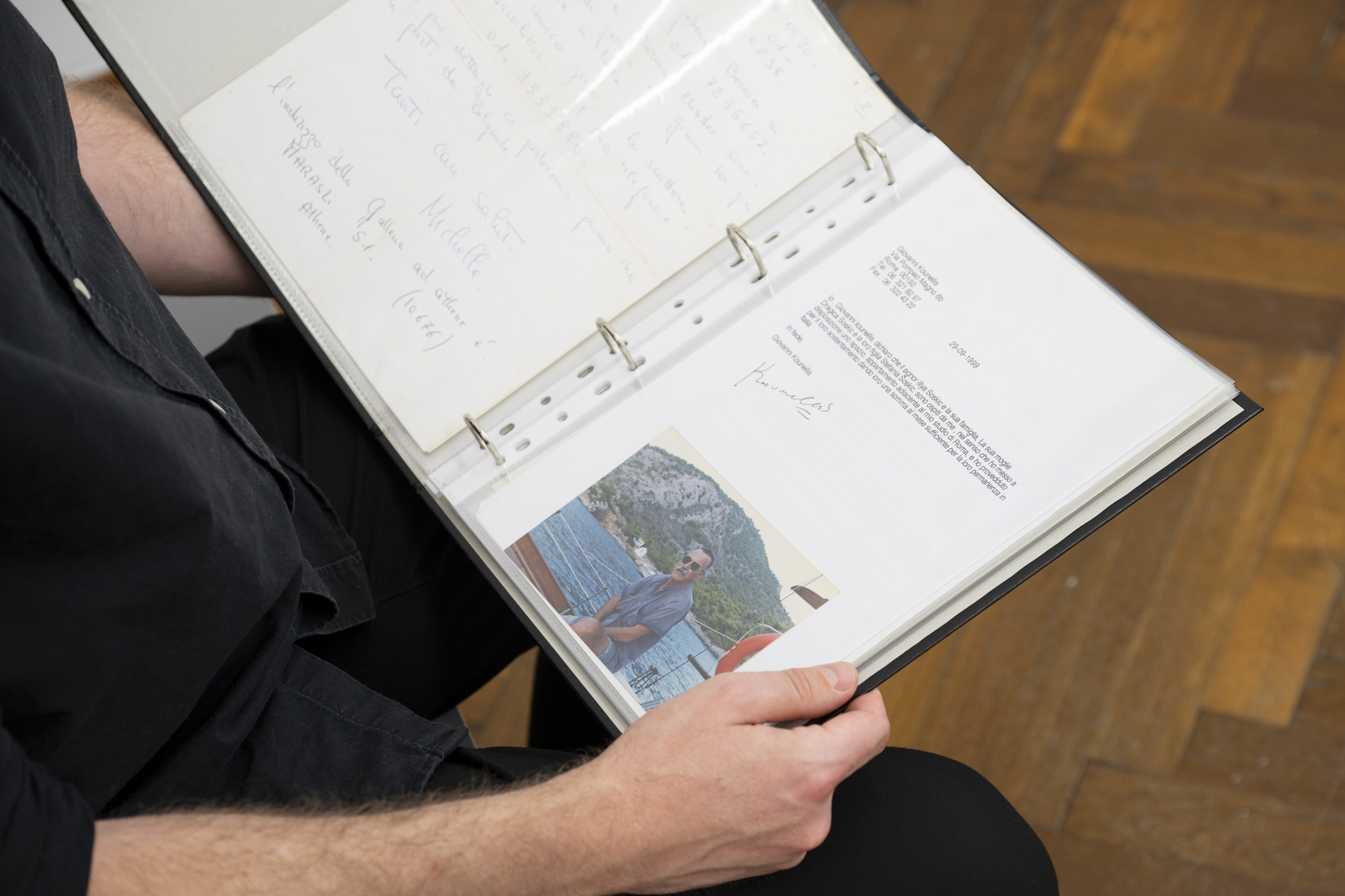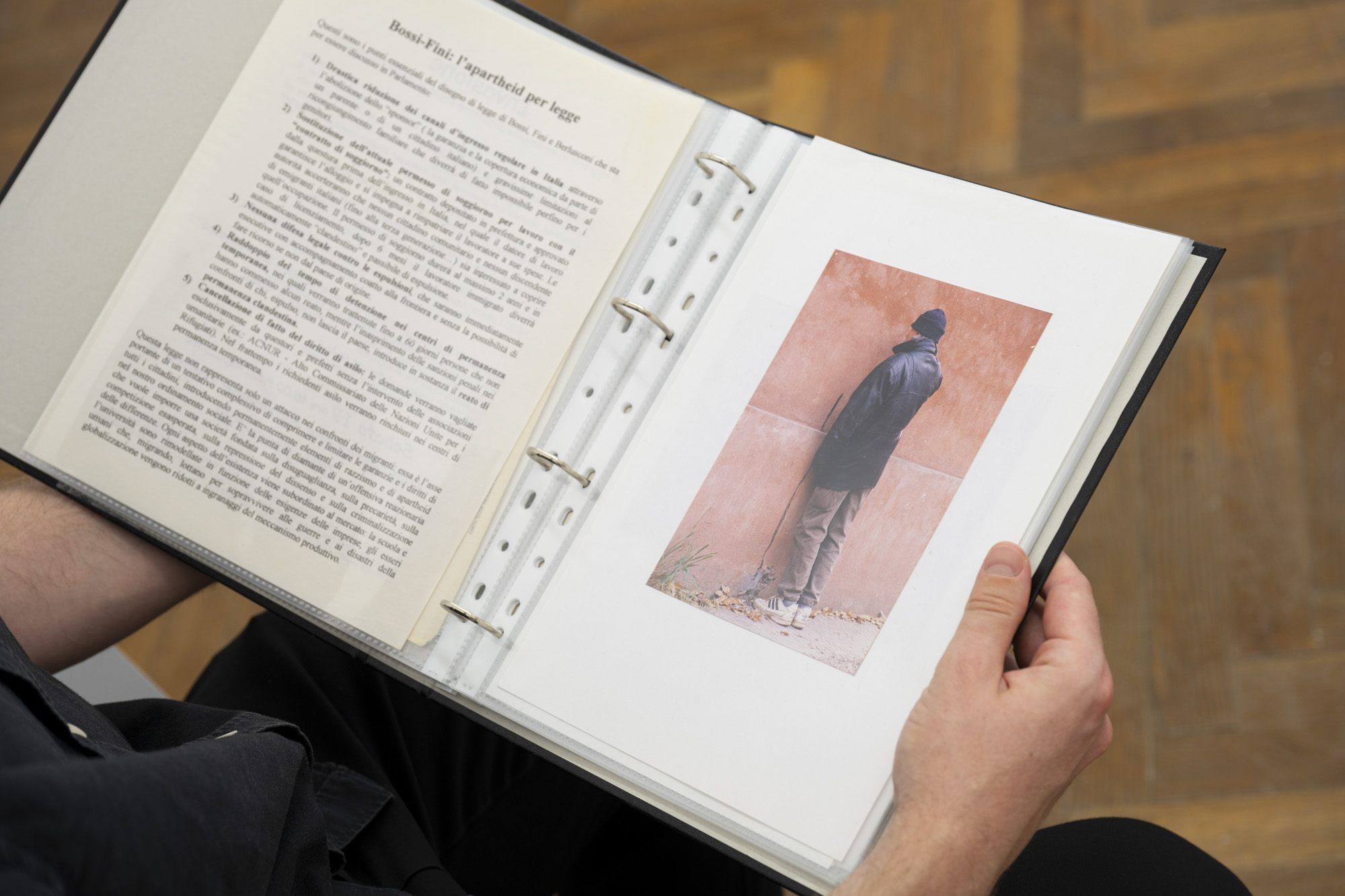Empathy?
Bratislava

ILIJA SOSKIC | EMPATHY ?
Exhibition: 29.05 - 26.07.2024
Gandy Gallery is pleased to present Ilija Soskic's third solo exhibition EMPATHY?
Proposed by Dragica Cakic Soskic.
Photo: Split 30 April 2024
“For the Greeks the essence of friendship consisted in speech. They argued that only a constant exchange of words could unite citizens in a polis [...] They called philanthropy this humanity that is realized in the dialogue of friendship, since it manifests itself in the willingness to share the world with other men. Friendship therefore presupposes the notion of humanity and at the same time being rooted in the world. In fact, where a pure friendship is realized there "a spark of humanity is produced in a world that has become inhuman".
Hannah Aarendt - "Humanity in dark times"
Body of the exhibition proposed on the occasion of “Empathy?” explores the concept of an anxious form of cultural and political memory, which analyzes the devastating effects of the totalitarian assault on the human condition, i.e. political and socio-linguistic mutations!
The title composed of the word "empathy" and the question mark sign is (almost) an oxymoron, so as not to define the point in the art that moves away: documentation as a means to explore formal and perceptive relationships and investigation of new concepts and methods.
Reflection of Soskic's sublimated self who recognized himself in the documents collected and chosen to accompany the "healing" drawing, which is the foundation of his work, and the photography - narrative art, testimony to clandestine and institutionally founded actions.
When he turns to see the fire burning in his house in April 1941, Ilija Soskic begins to consider that nothing is immune from the contamination of the world: surmounting 1949 metres, the Čakor, the highest pass in former Yugoslavia, Ilija Soskic makes a move of considerable weight and density. From here the movements lend themselves as enigmatic and fragmentary pieces, but contribute to the summary of historical events, to make them more concise.
And now here is The Exhibition of Memories in the form of a rationally reconstructed dialogue where the dialogue is an exhibited, very illusory device.
May 1, 1994, after leaving the recent Yugoslav war and arriving at the Kounellis gardens and house in Hydra, the free island that was never occupied, was the beginning of using the arsenal of ideas and the consolidation of thoughtful eloquence.
The incorporeal moments of time that possess an existence that did not belong to them: dedication by Luigi Ontani on the back of the unique photo in his repertoire, given to a friend; the friendly but demanding signatures under the general unit phrases, to resolve bureaucratic procedures, of Jannis Kounellis and Fabio Sargentini; letter of thanks from my friend and political companion Luigi Manconi; ecstatic sign of the young companion in dialogue on Roman art Flavia Rebecchini; the echo of the trampling of wild horses and their environment and natural reserves that the war overwhelms, in the painting of the painter friend from Kiev Sasha Makarska... The sentences are documented units, not measurable in the contemplation of the truth!
Ilija Soskic, who prefers to be described as a visual artist, has been a fascinating figure since 1968, when he began experimenting with action, given the variety of his work, and remains so today, at 89 years old, weighing own physical and bodily existence. He's not going to simplify anything yet! His work is layered, elusive, evocative and usually difficult to articulate concisely, even more so on this occasion when he shows materials where there is the contemplation of discomfort in the form of life!
Dragica Cakic Soskic,28 May 2024
Exhibition plan [ PDF ]
Exhibition guide [ PDF ]
List of works [ PDF ]
Ilija Soskic was born in Decani, a Montenegrin part of former Yugoslavia, in 1934.
His artistic position was in line with the intellectual intelligentsia repressed by social realism. During Tito’s regime, through his sporting abilities – Yugoslavian hammer throw record-breaker – he was able to escape a military punishment for his critical anti party position, and he gained the opportunity to study at the Belgrade School of Fine Arts.
His early works were marked by the violent and profound impact that Jerzy Grotowski’s Poor Theatre had on him. The 1964 article on the subject (that was then used as an introduction to the famous Towards a Poor Theatre, released in 1968) was translated into his language in 1965, in the journal “Scena” published by Novi Sad. His work was also marked by his fascination for the American art of Pollock, as well as French existentialism and Russian theatre. After this, his creative path tended to no longer be distinguishable from his own life.
As part of the cultural scene of Belgrade, his contact with Djuna Blasevic was important, who at the time was the director of the Student Cultural Centre of Belgrade (conceded by Tito after the student revolts of 1968). From 1969, Soskic moved to Italy, to Bologna, where he discovered the language of Manzoni and Pascali, and where he met and became a close friend of Luigi Ontani, with whom he opened the European performative season.
From 1973 he was in Rome, where he frequented the supranational circle of the Gap and Attico galleries; he would return to his country only to bear witness and testify to the disasters of war.
His work, between performative action, video and installation, tends to fuse, in an highly critical elaboration, elements that are cultural and political, mythologies and natural dramatic elements: a path that offers ample space to the planning dimension, condensing the conceptual and philosophical nature.
Simonetta Lux and Dragica Čakić
